St. Augustine & Amelia Island: Two Hidden Gems in NE Florida
Published April 23, 2018
This past weekend I had to run an errand in Daytona Beach, Florida, so I took the opportunity to check out two new destinations along the way: St. Augustine and Amelia Island! Both areas are situated on the east coast within an hour’s drive of Jacksonville, but the two towns could not be more different. St. Augustine is essentially the oldest town in the continental United States and was established by Spanish explorers in 1565. Its historic town center is quaint and buildings here have a clear Spanish influence. Fernandina Beach, the main town on Amelia Island, is a quiet oceanside community with a main street that feels like home.
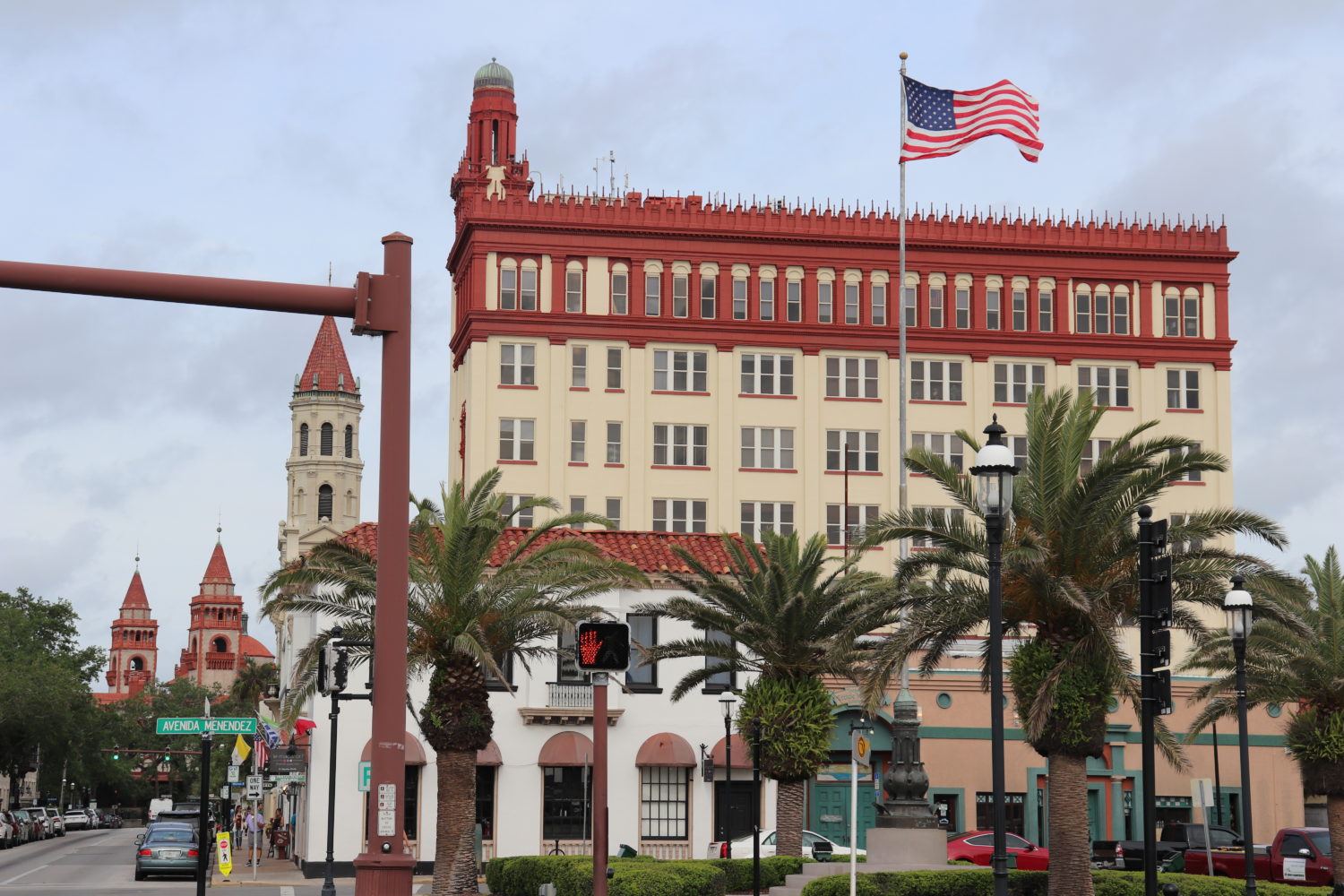
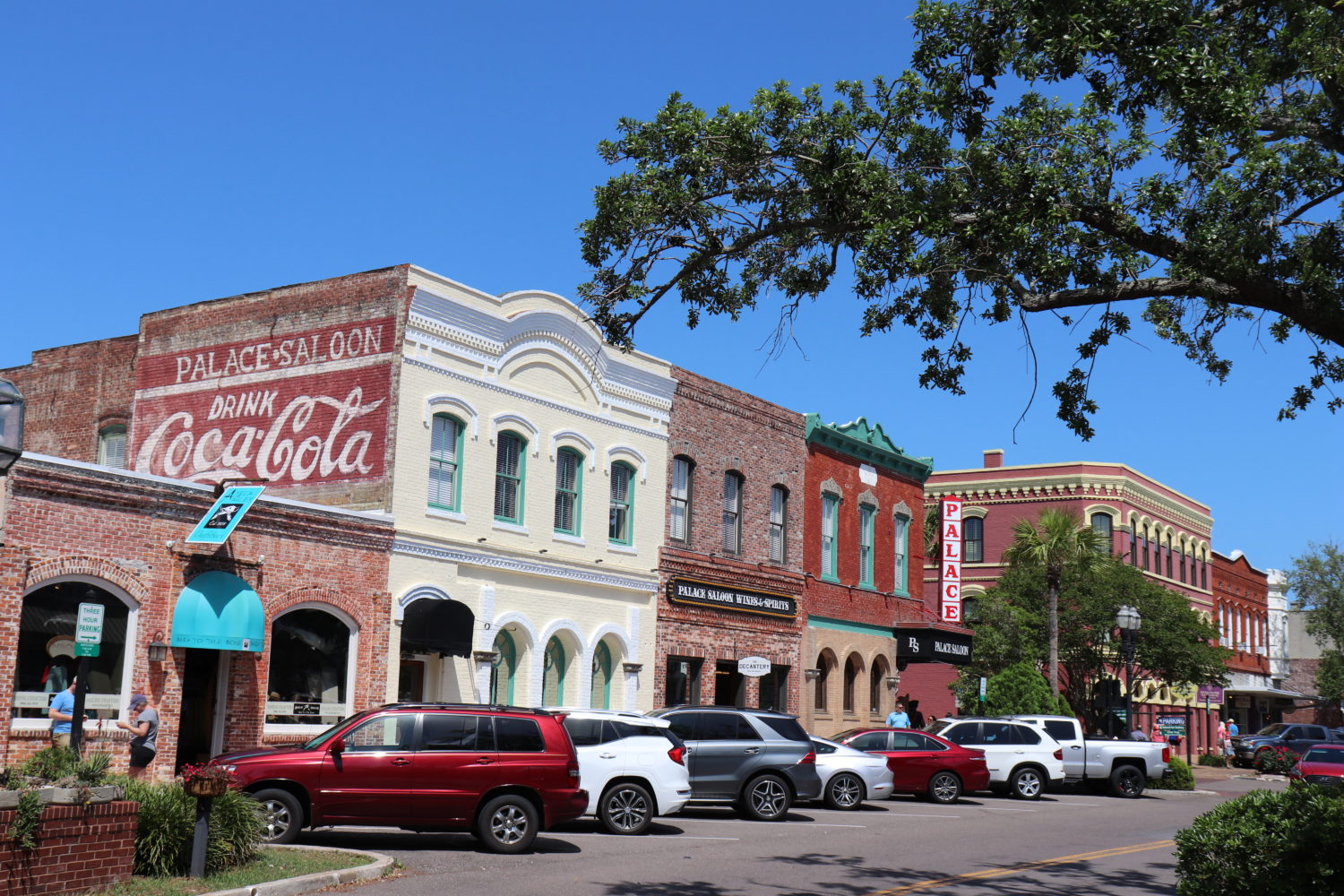
Each town can be explored in one day, which makes this a great pair of cities to visit over a weekend. Full disclosure: if you haven’t been to Miami, I’d recommend going there first. But if you’ve already seen some of Florida’s most famous destinations, St. Augustine and Amelia Island are perfect places to “fill in the gaps.”
St. Augustine
This relatively small town has enough history to fill a textbook, which is evident as soon as you see its many prominent landmarks. What’s nice is that almost everything of interest is located in the St. Augstine’s historic district, which is pretty compact. Park your car for the day in or near the Historic Downtown Parking Facility and you’ll be able to walk to all of the attractions and restaurants mentioned below except for one, which is located across the river in Vilano Beach.
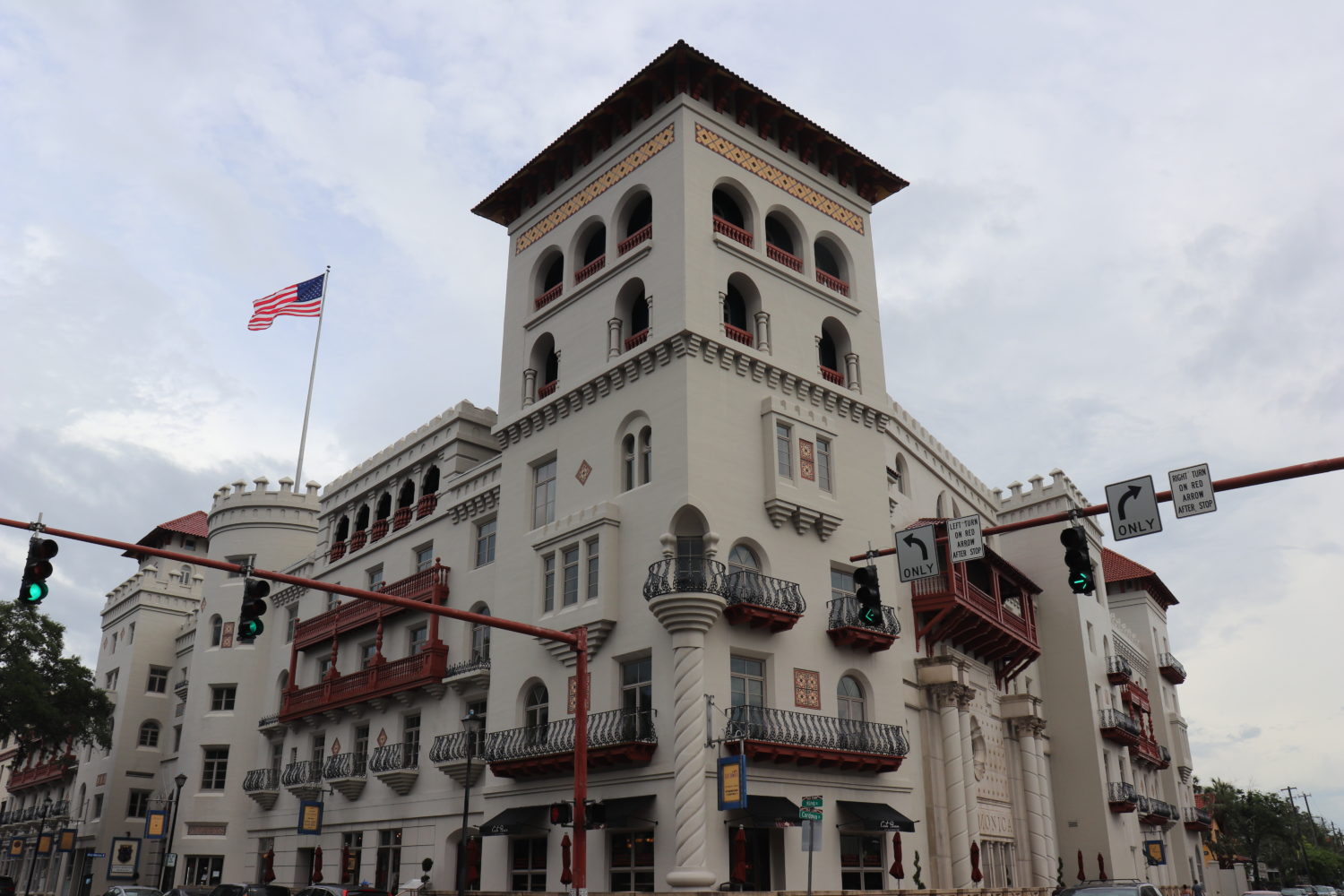
Historical Attractions
It’s not a huge surprise that most buildings from the era of Spanish settlement don’t exist anymore. Nonetheless, the architecture in St. Augustine still has a unique historical flare to it. After checking out some of the sites the city has to offer, I learned that many of the buildings built in the 1800s and 1900s were designed to pay homage to the city’s Spanish roots. The most notable buildings can all be toured for small entrance fees, and the best one is the Ponce de Leon Hotel, which currently houses the campus of Flagler College.
Flagler College Tour
I never would have imagined I’d be recommending a college tour on my travel blog, but here I am! The tour, which was led by two current students, was top-notch. The centerpiece of campus is the Ponce de Leon Hotel, the most prominent building in town. Our tour guides explained the history of the hotel, the fancy guests who spent their winter months here, and the wealthy oil and railroad tycoon who commissioned the hotel, Henry M. Flagler.
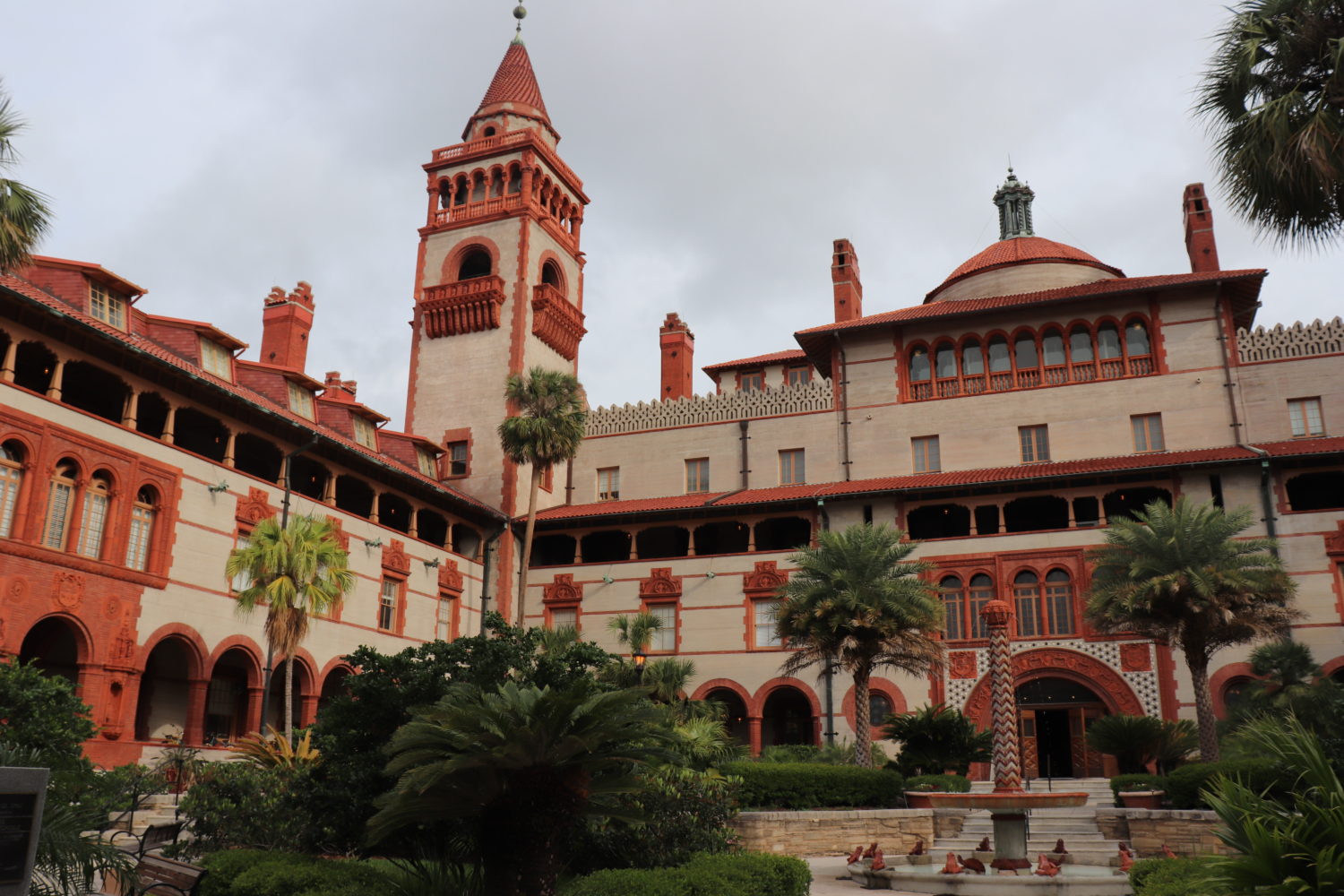
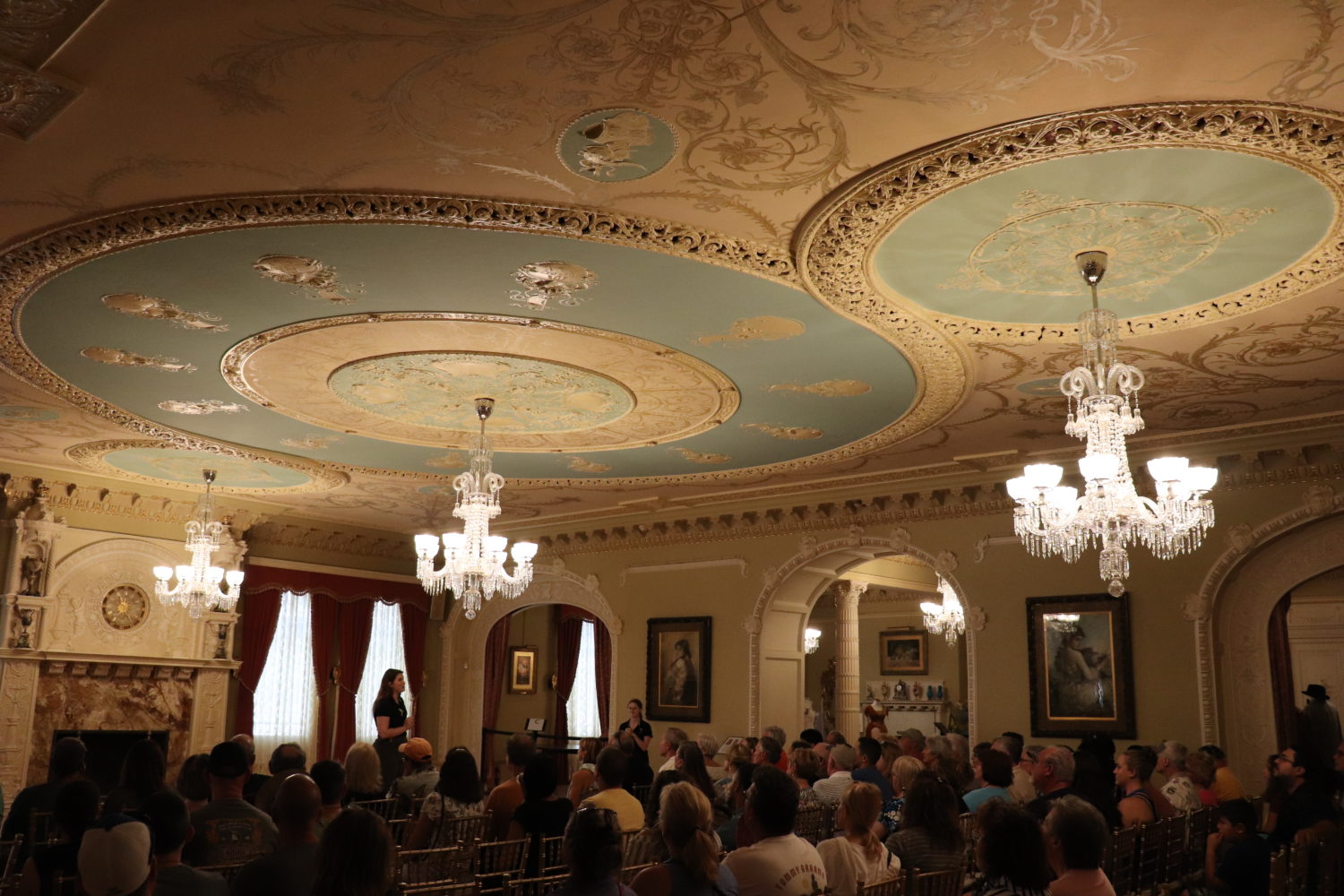
After explaining the history of the building, the tour focused largely on architecture. I really enjoyed how our guides pointed out different motifs on the exterior of the building and explained the symbolism in the grand mural on the ceiling of the lobby. They discussed how Thomas Edison was involved in supplying electricity to the hotel, which was one of the first structures in the United States to be powered with this technology.
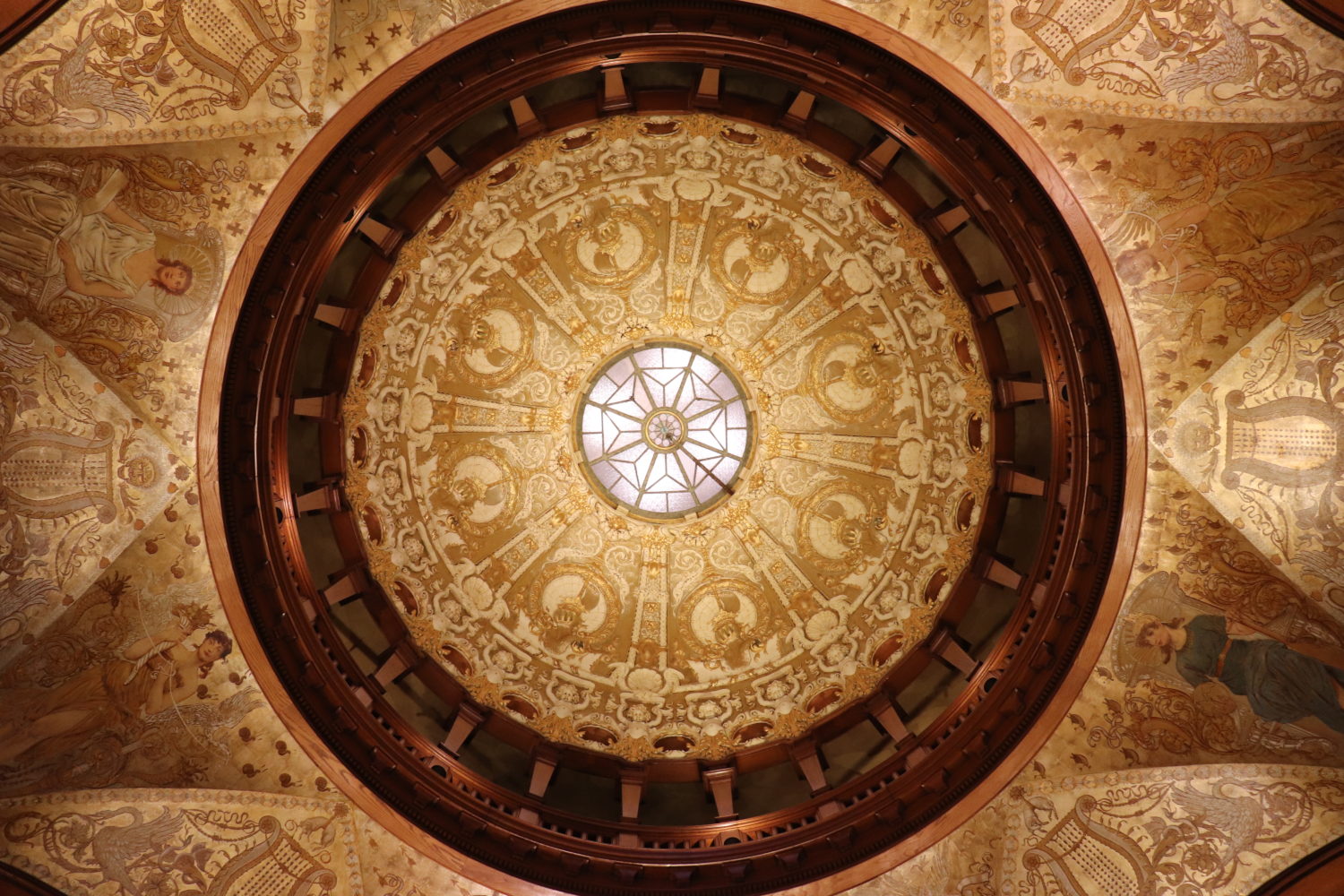
Another reason I liked this tour is that some basic information about the college was included, but marketing for the school was kept to a minimum. (I’m guessing there is a different tour for prospective students.) According to a sign out front, tours are given at 10:00 a.m. and 2:00 p.m. every day. Admission is $10 and the tour lasts about an hour or so. Read more about the tour here.
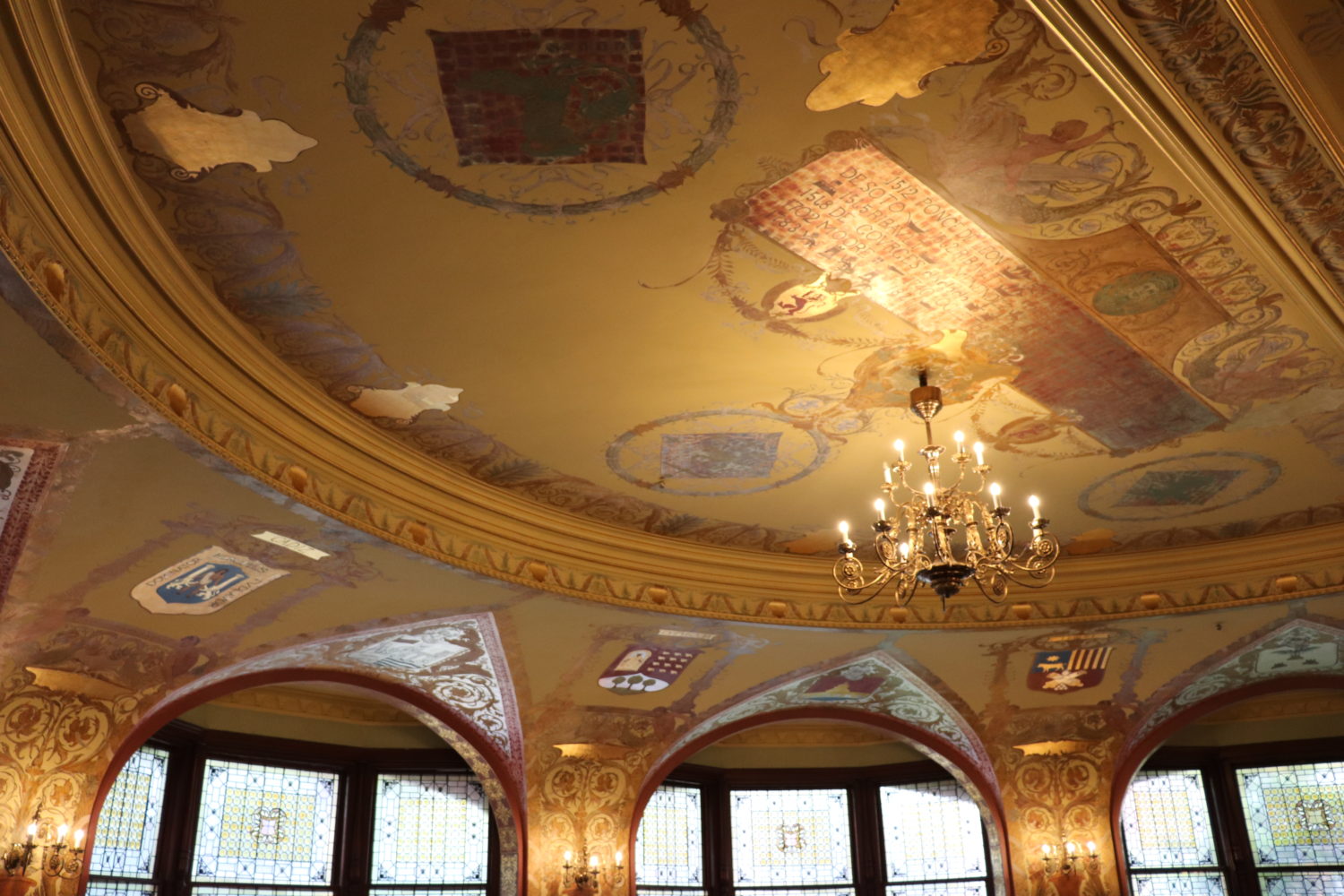
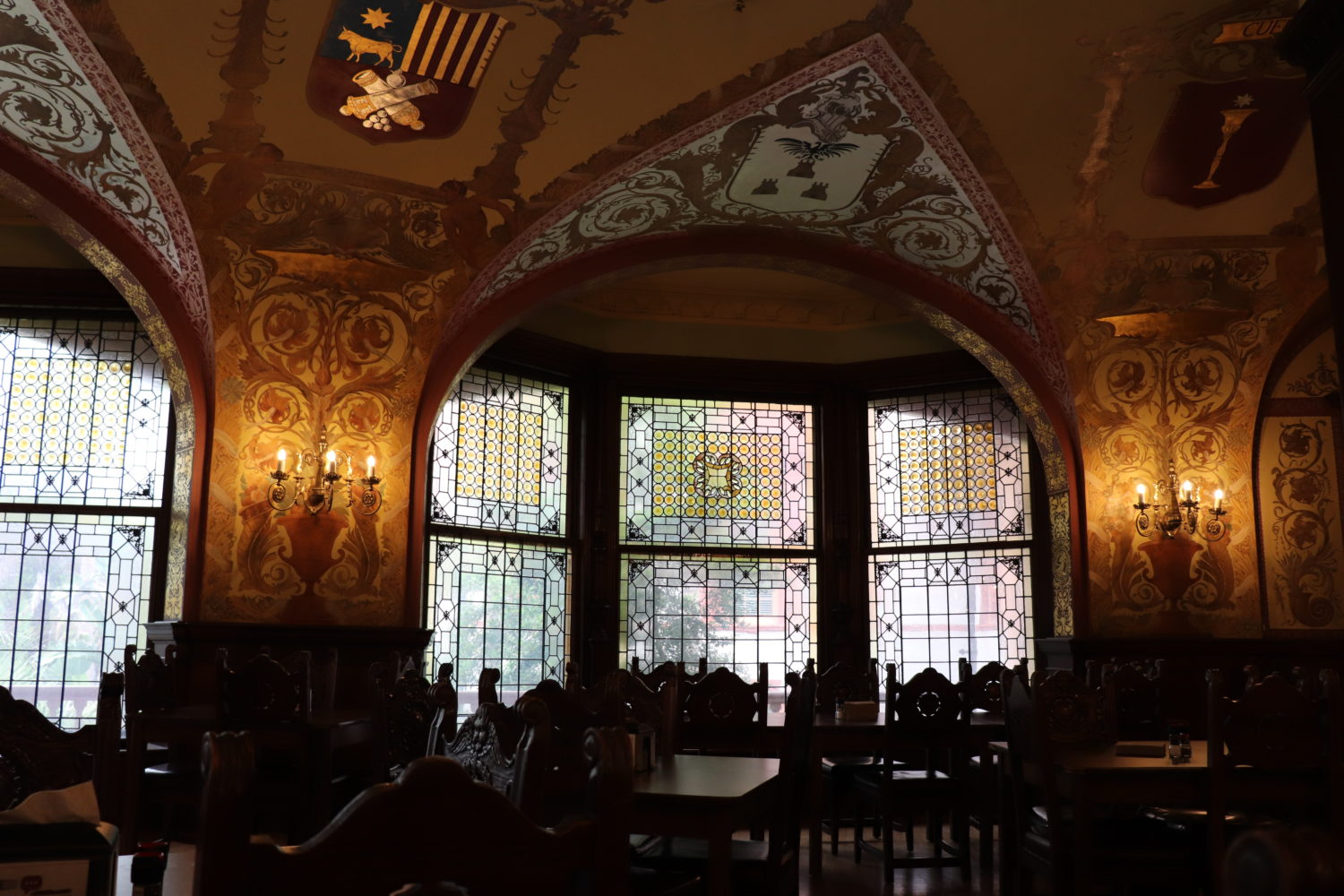
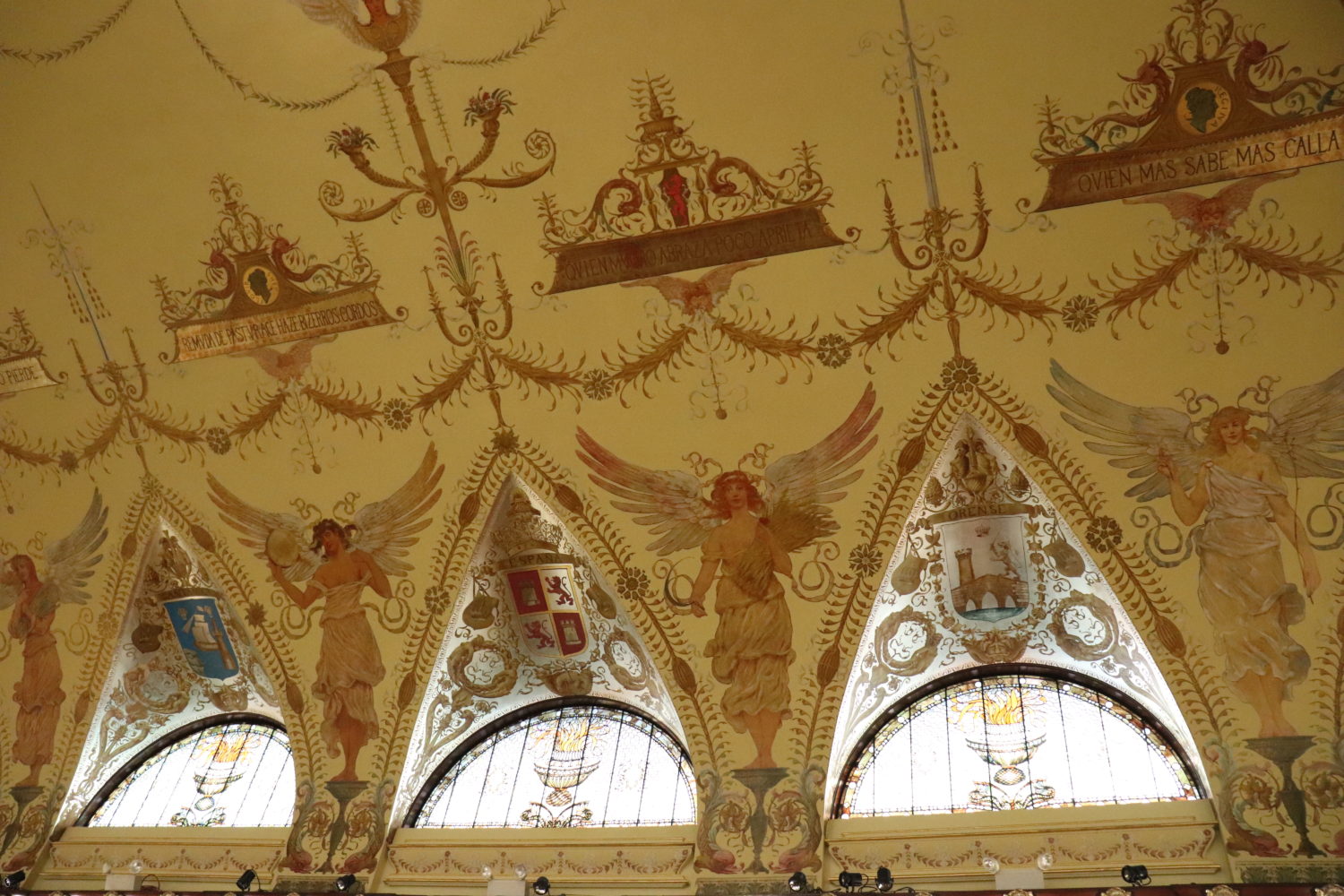
Castillo de San Marcos
This fort located right on the water in St. Augustine is noteworthy because it was constructed during the 1600s by the Spanish. It was later used by British and then American troops, so its history is quite extensive. Wander through the rooms on the lower level to learn what life was like for Spanish and British soldiers who were stationed here, then climb up to the upper level for a view of the Matanzas River and the town center. Entrance costs $10.
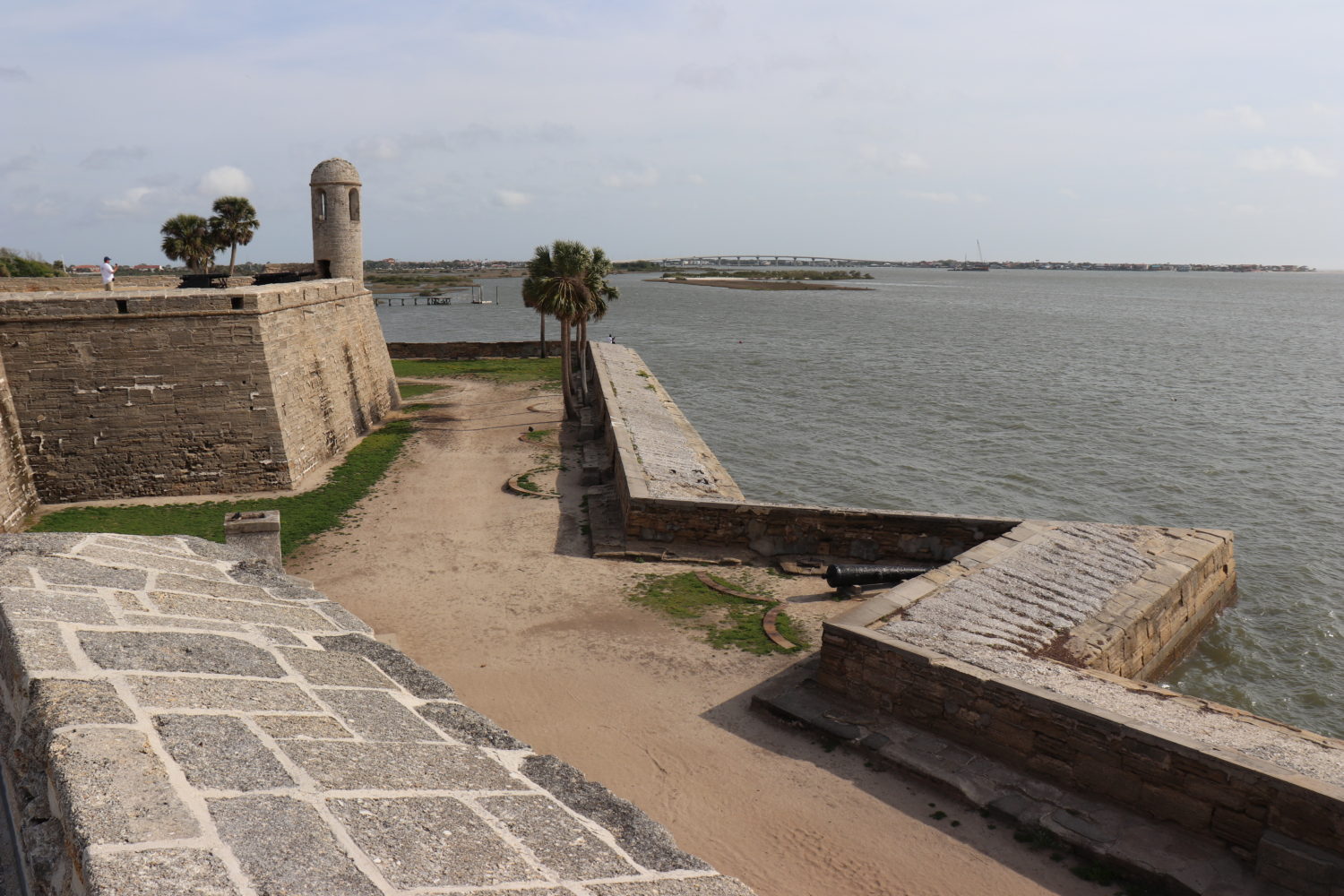
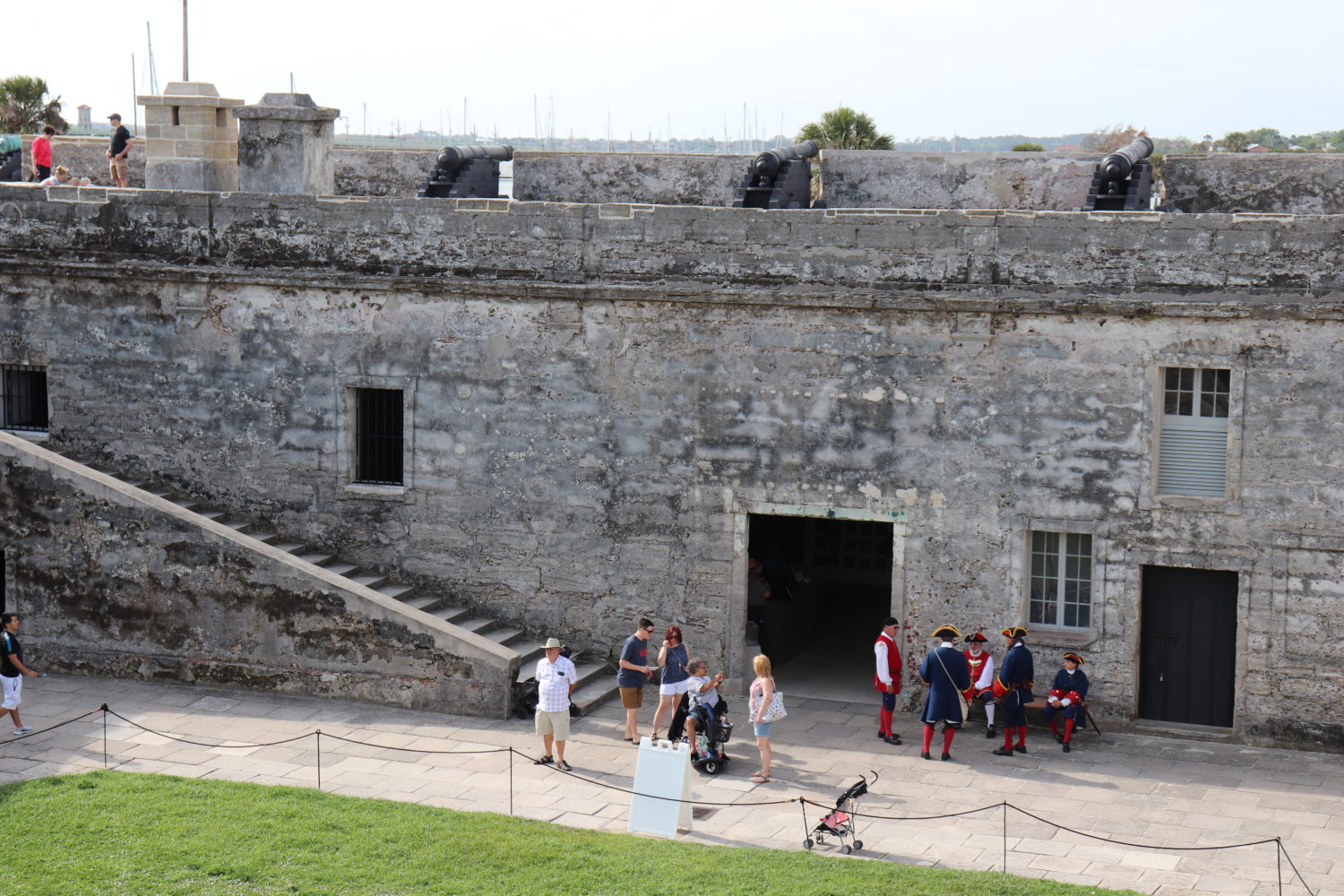
Lightner Museum
This museum is housed in what used to be another grand hotel that is located across the street from the Ponce de Leon. It houses the collection of Henry Lightner, another railroad and oil tycoon with ties to St. Augustine.
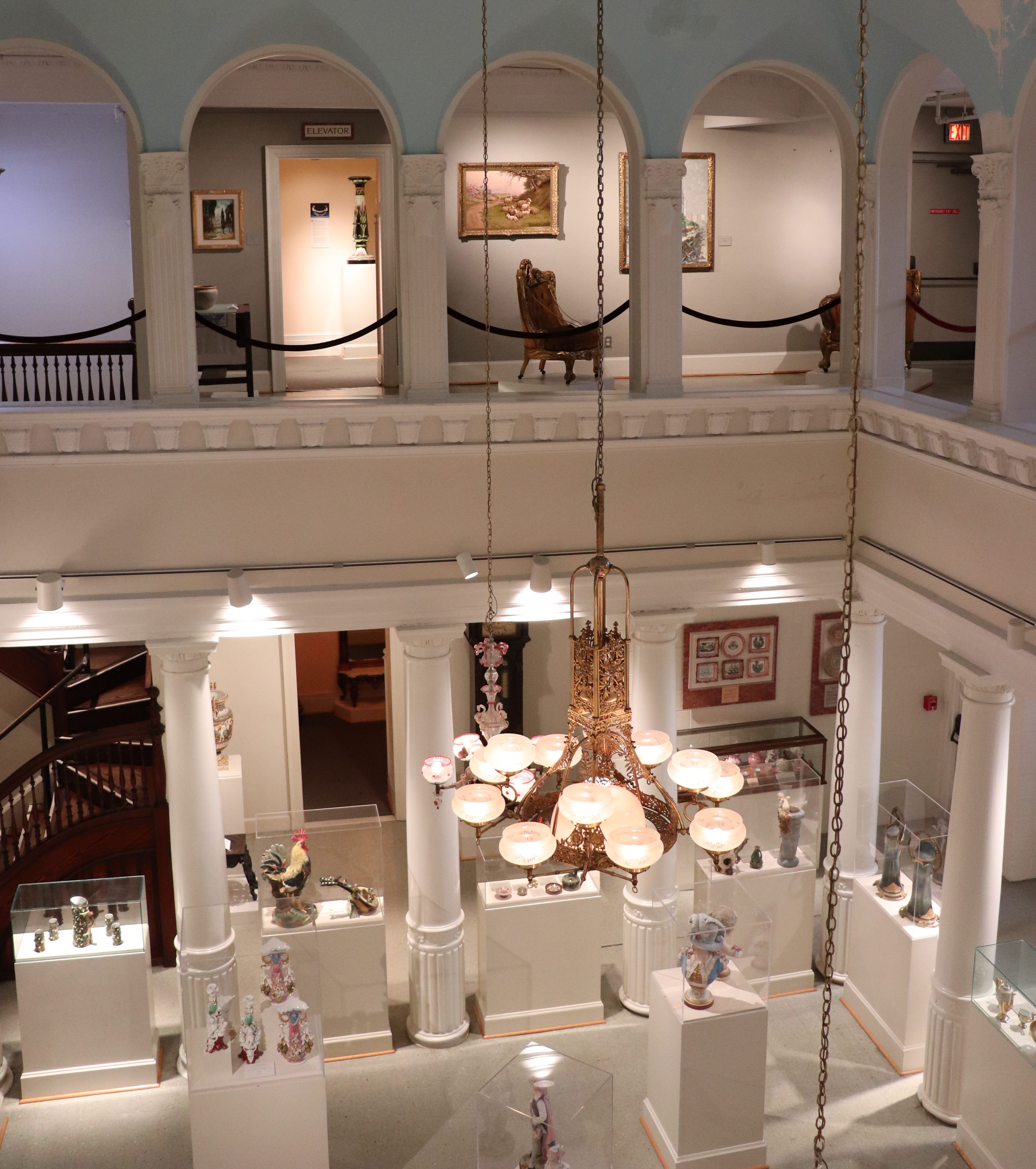
Although the interior of the museum is kind of interesting (and a good place to stay dry in case it starts pouring out), I will be honest and say I wasn’t captivated by the pieces on display. The museum houses everything you could ever imagine: dolls, musical instruments, matchbox collections, paintings, and sculptures, but the exhibits just didn’t feel cohesive as a whole. It also seemed somewhat disconnected from the history of the town. If you are really interested in historical artifacts, this might be a good place to visit but as a casual museum-goer, I’d say you can skip this one.
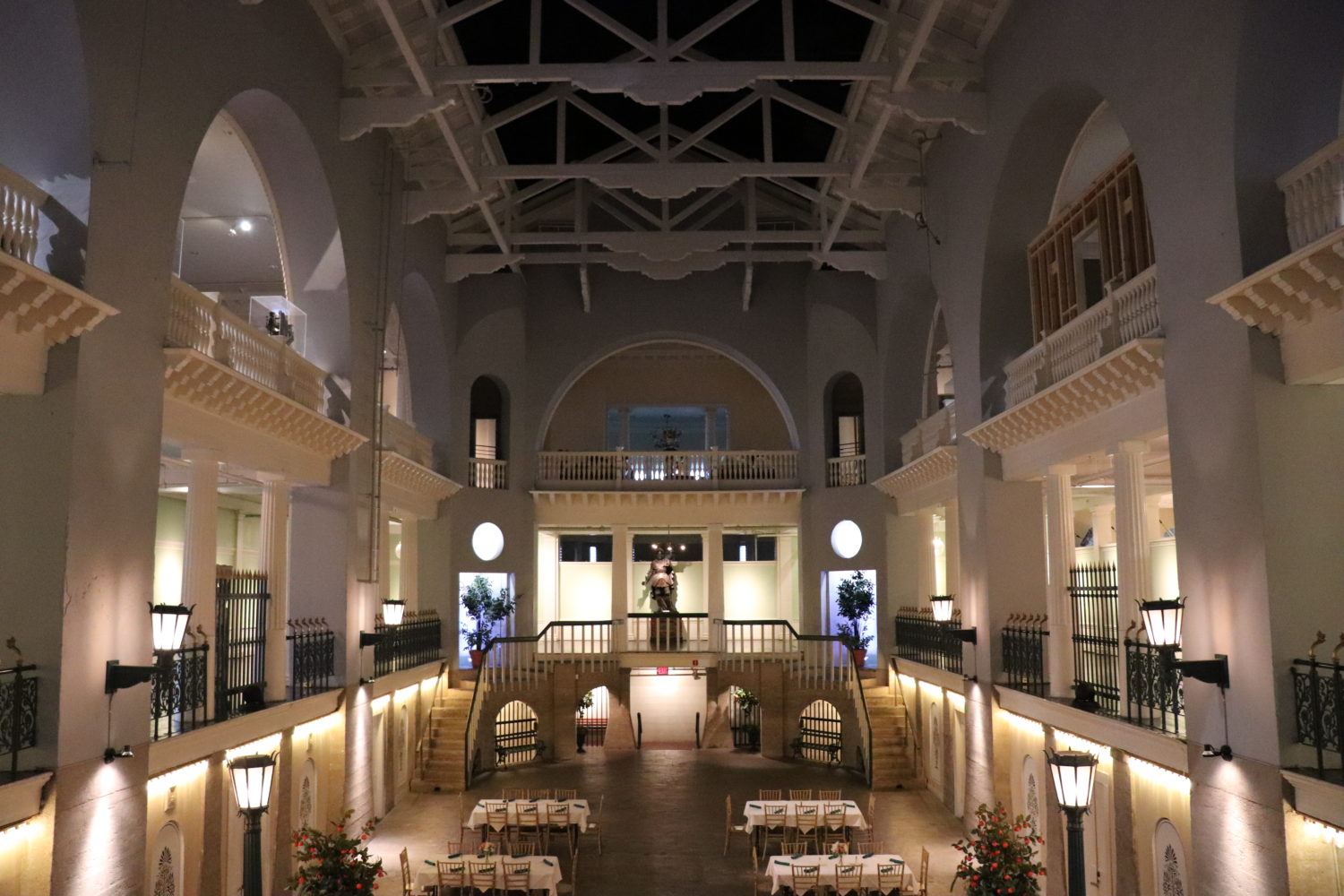
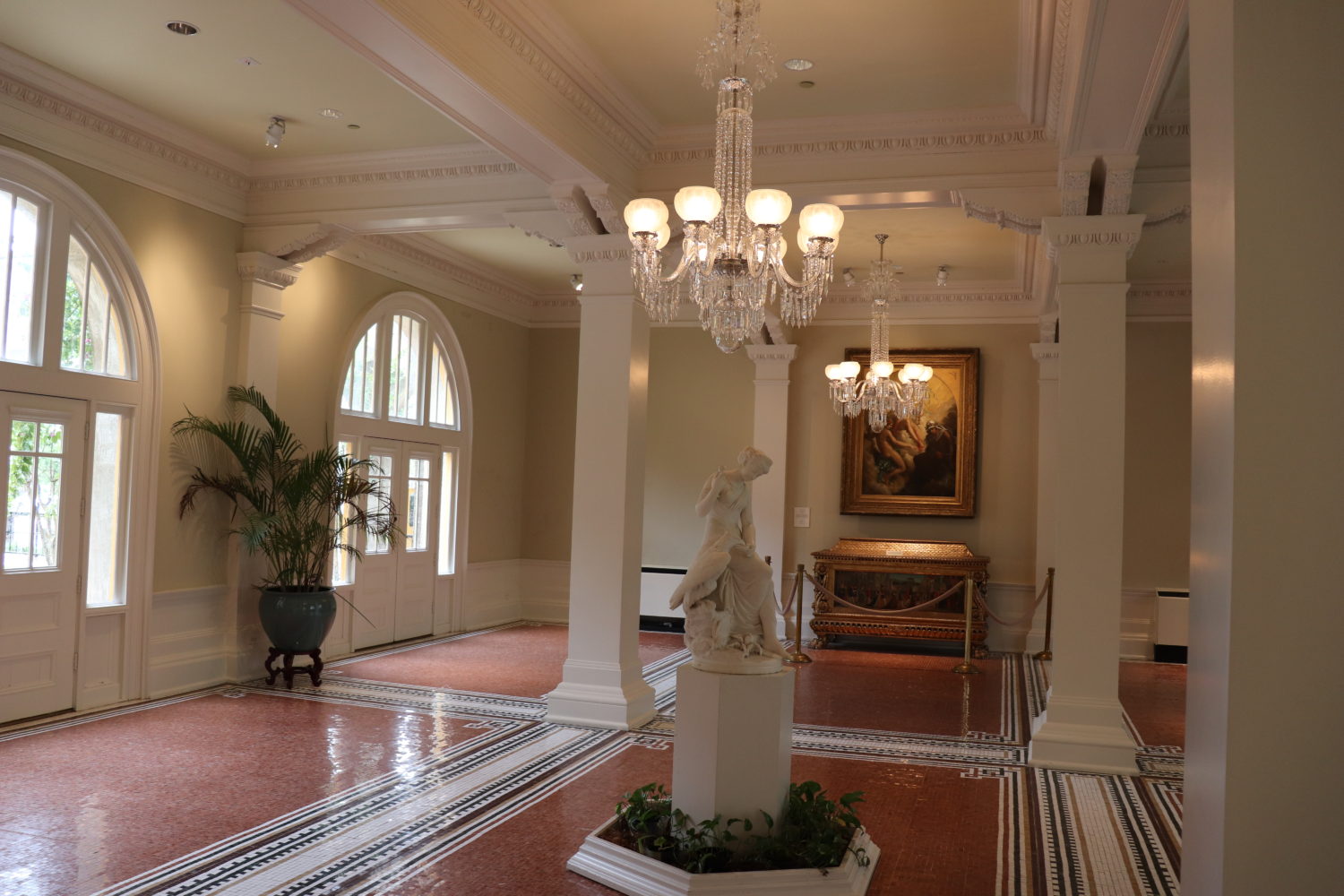
Restaurants and Bars
There are so many good places to eat and drink in St. Augustine!
My favorite restaurant here was The Floridian. Their menu was clearly inspired by local cuisine; the shrimp and sausage pilau I ordered was a perfect dinner for what ended up being a rainy evening. I also liked the nautical décor in the dining room, which reminded me of one of my favorite bars at home in Seattle.
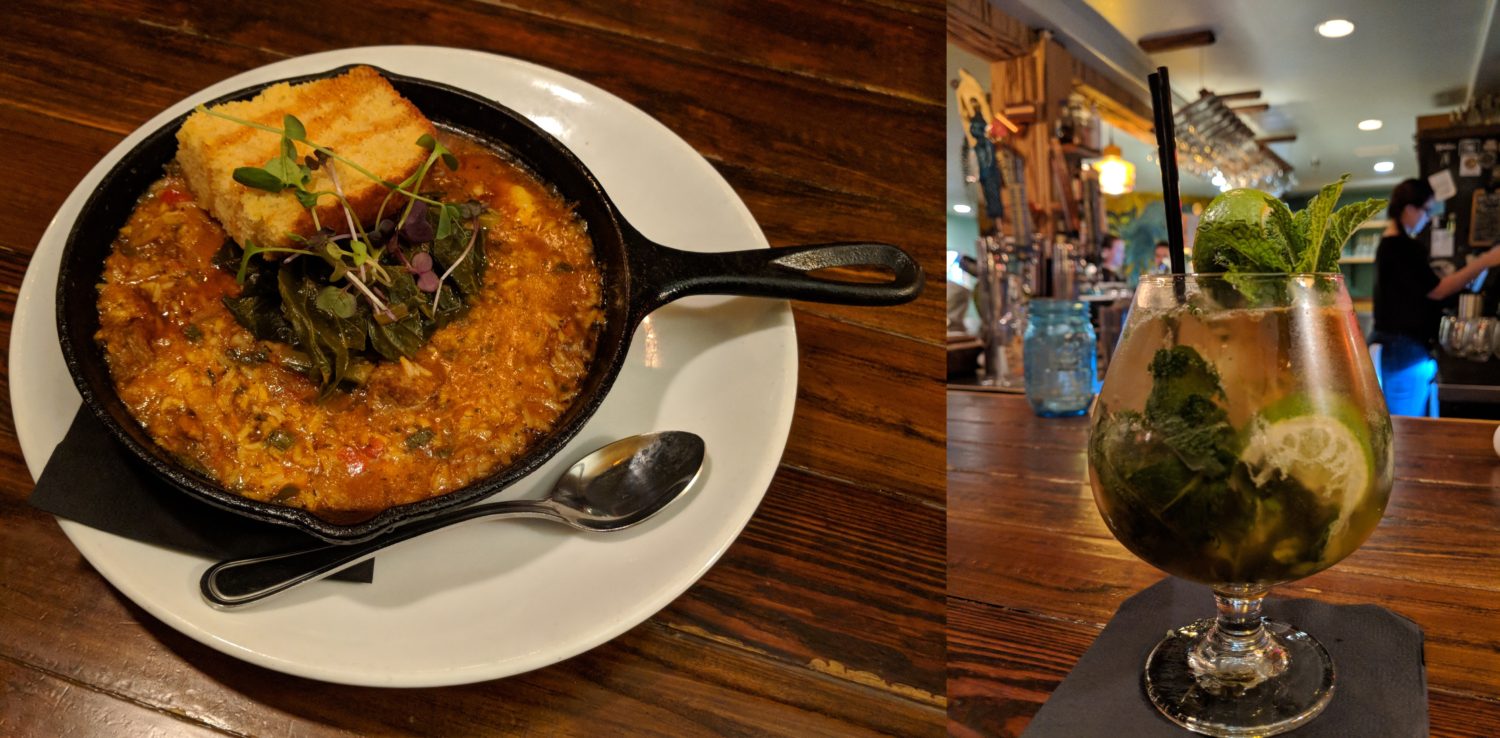
Across the Tolomato River is another restaurant called Beaches at Vilano, a casual place with patio seating, a huge bar, and live music. The outdoor section looks over the water facing west, so it’s a great place to see the sunset if the weather is nice. The menu is typical of a waterfront bar and grill (I went with the coconut shrimp) but prices were reasonable. They also offered bottled beers from all over the Caribbean.
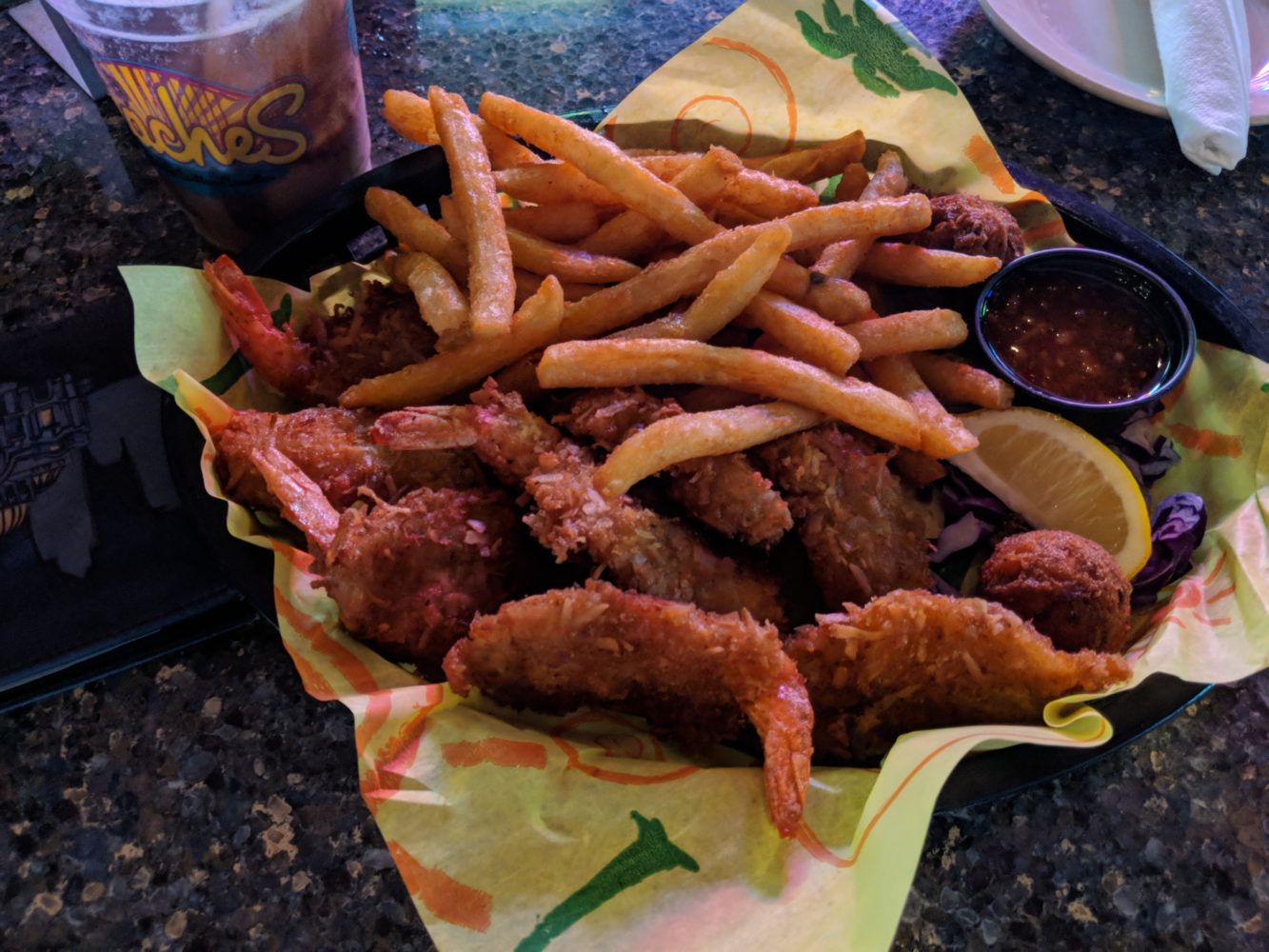
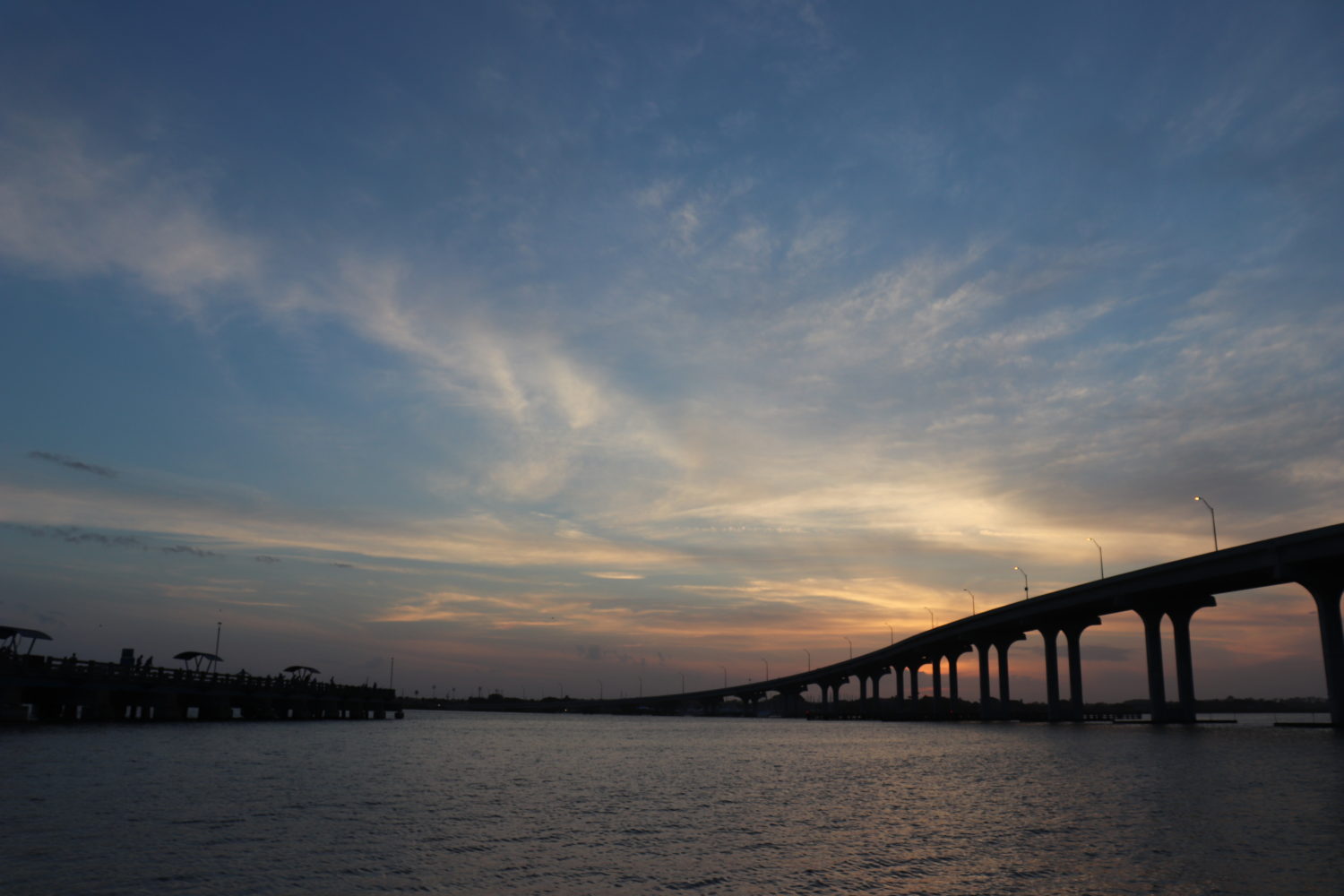
If you have a craving for authentic Mexican food, head to Casa Maya, which is in the center of St. Augustine. I really liked my spicy mezcal cocktail as well as the tacos al pastor I ordered here.
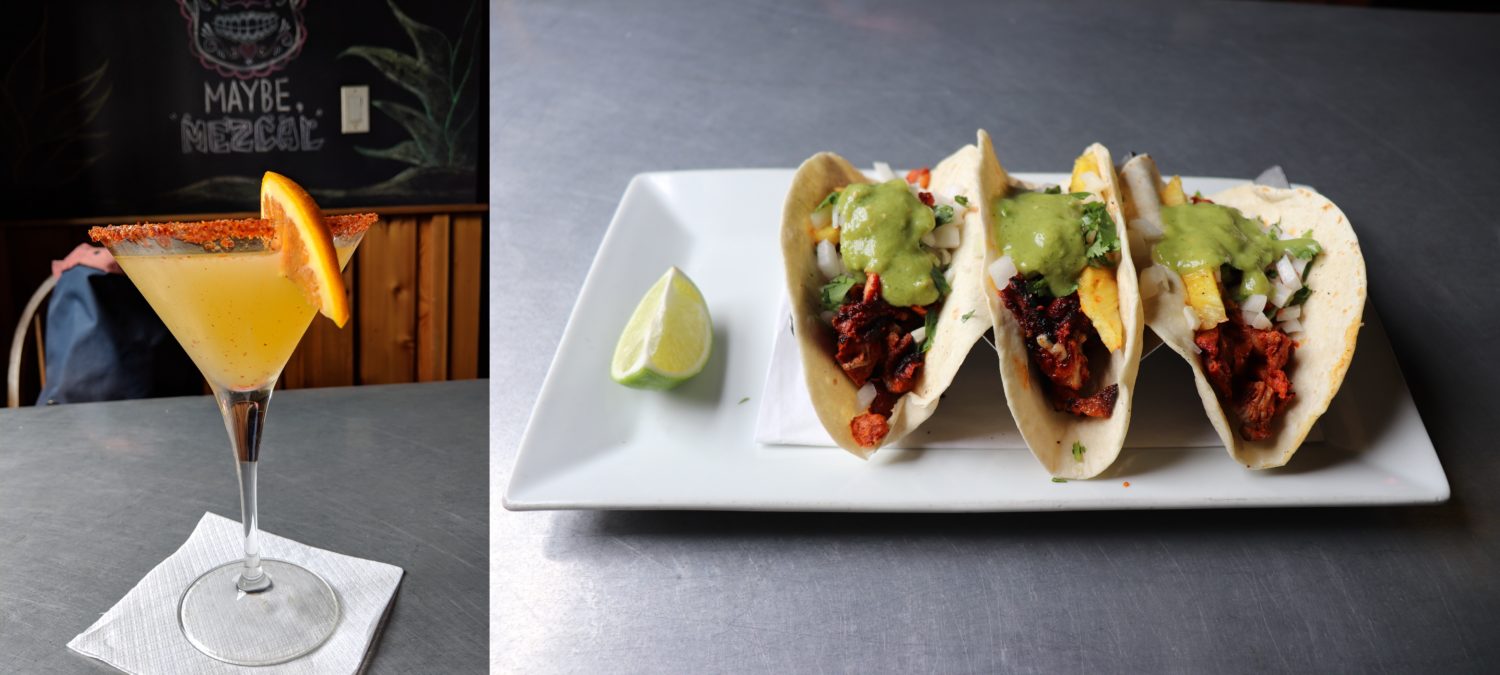
Looking for bars? My favorite was called Ice Plant. This place is a few minutes’ walk outside of the city center, and it looks like a converted warehouse with an industrial, rustic feel. This is one of those classy places where the bartenders are eager to show off their mixing skills, so try to sit at the bar if you can.
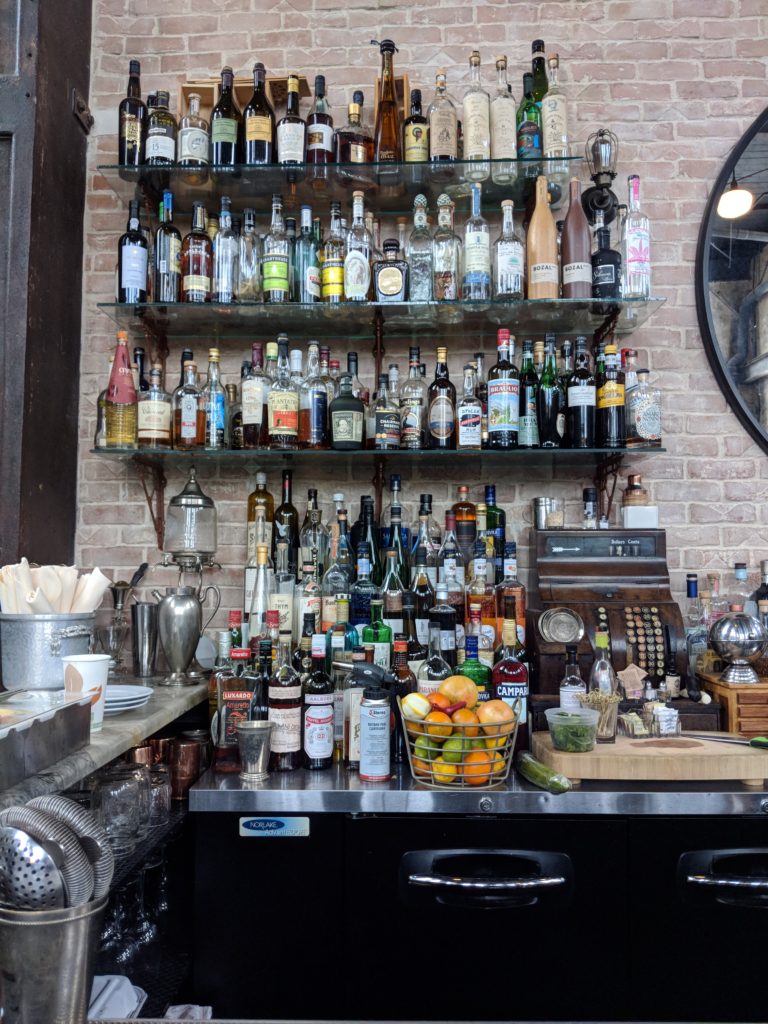
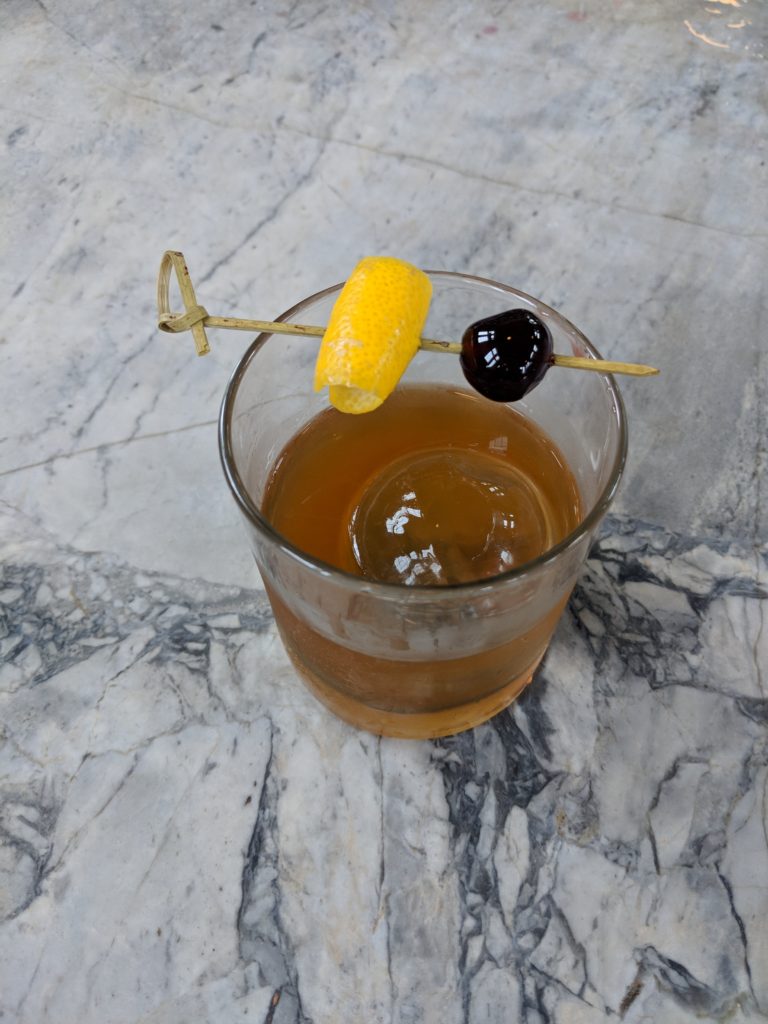
A slightly more laid-back bar is A1A Ale Works. I just got a beer and an order of fried calamari here but I liked the atmosphere.
And last but not least, coffee! The Kookaburra is a small, local café with four locations in St. Augustine. One shop is located on Cathedral Place, which is right in the center of town. The coffee was good and they also had some fresh Aussie Pies on display, which I would’ve tried if I wasn’t ridiculously full (as you can probably tell, I ate a lot in St. Augustine).
Amelia Island
Once you’ve explored St. Augustine, head over to Amelia Island. It’s about an hour and twenty minutes’ drive from St. Augustine, or a forty-minute drive from downtown Jacksonville. My two favorite parts of my short visit were walking around Center Street in Fernandina Beach and checking out Fort Clinch State Park.
Fernandina Beach
This is the main town on Amelia Island, located on its northwestern shore. Unfortunately, I didn’t have the chance to try any of the restaurants here, but I did get to pop into Amelia Island Coffee, which is right on Center Street. This area comprises the historic downtown, which is great place to explore on foot. There’s a lot of cool buildings as well as a little section where you can walk along the riverfront.
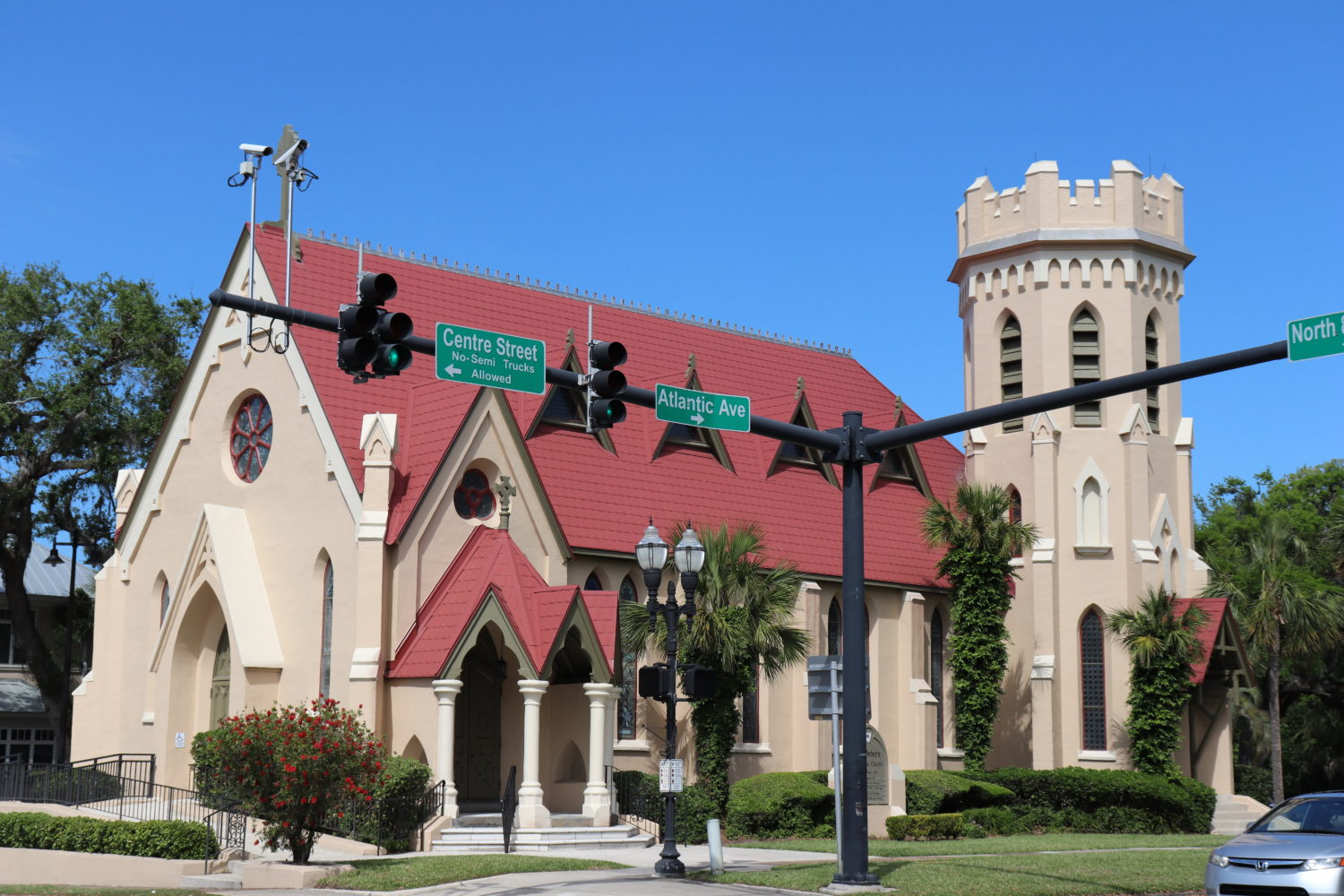
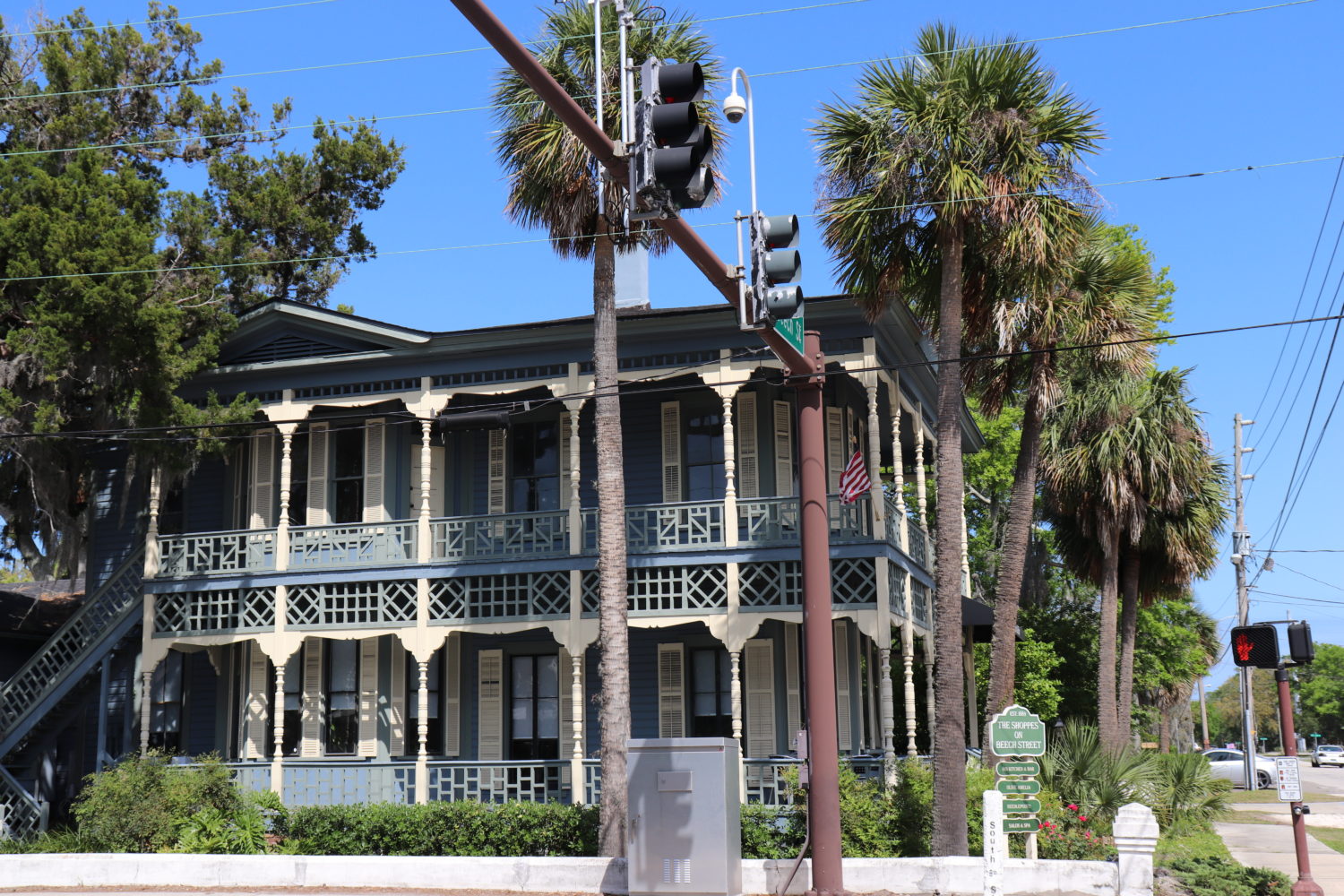
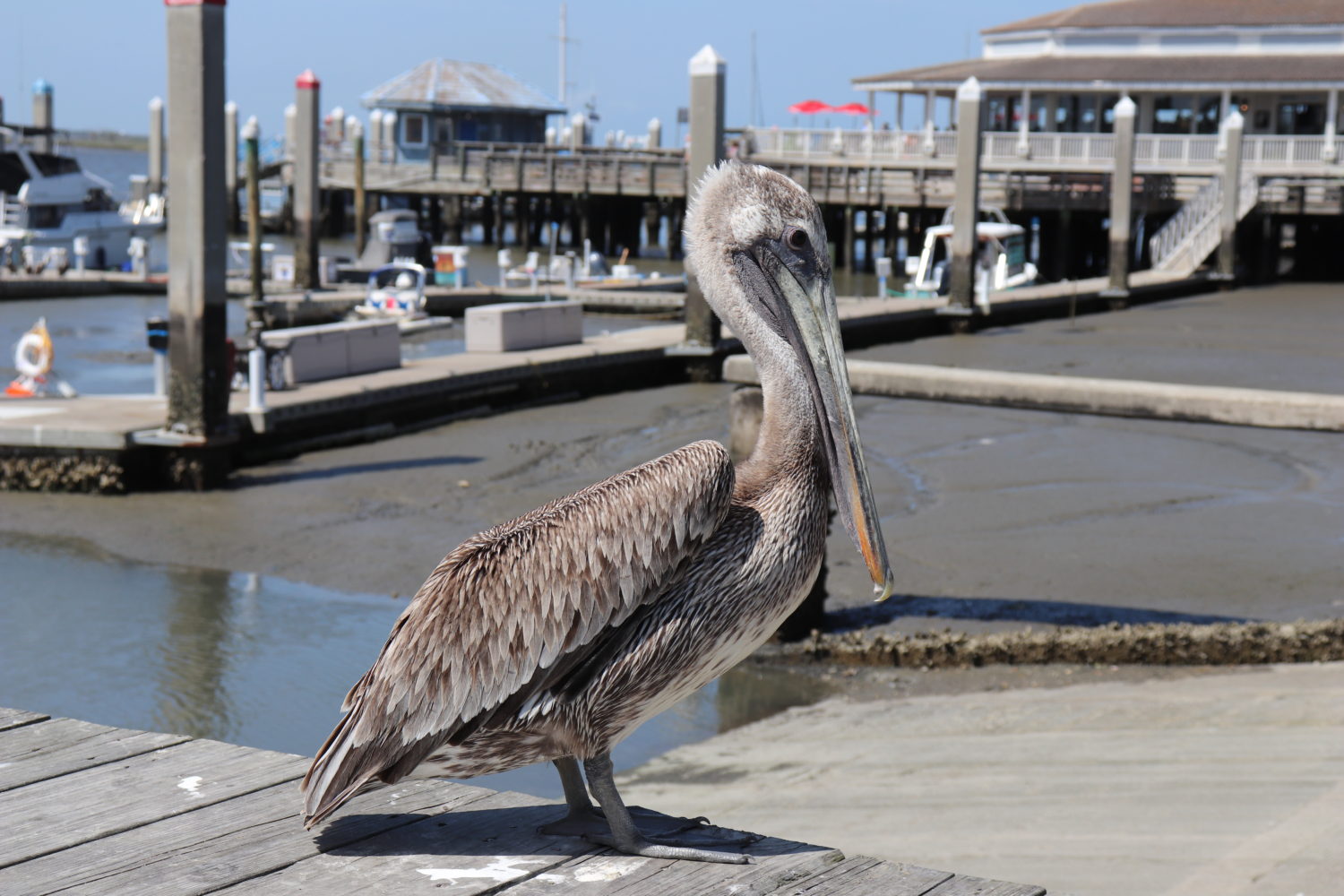
Fort Clinch State Park
After visiting John Pennekamp Coral Reef, Bahia Honda, and now Fort Clinch, I am becoming a big fan of Florida State Parks! They all charge a small fee to enter, but it’s definitely worth it. Fort Clinch State Park’s main attraction is a Civil War-era fort on the northern shore of Amelia Island looking towards the Georgia border across the Cumberland Sound. Despite being less than 100 miles away from the San Marcos Castle in St. Augustine, Fort Clinch (which was built in the mid-1800s) has a completely different history. My favorite part of this fort are all the hidden underground passageways.
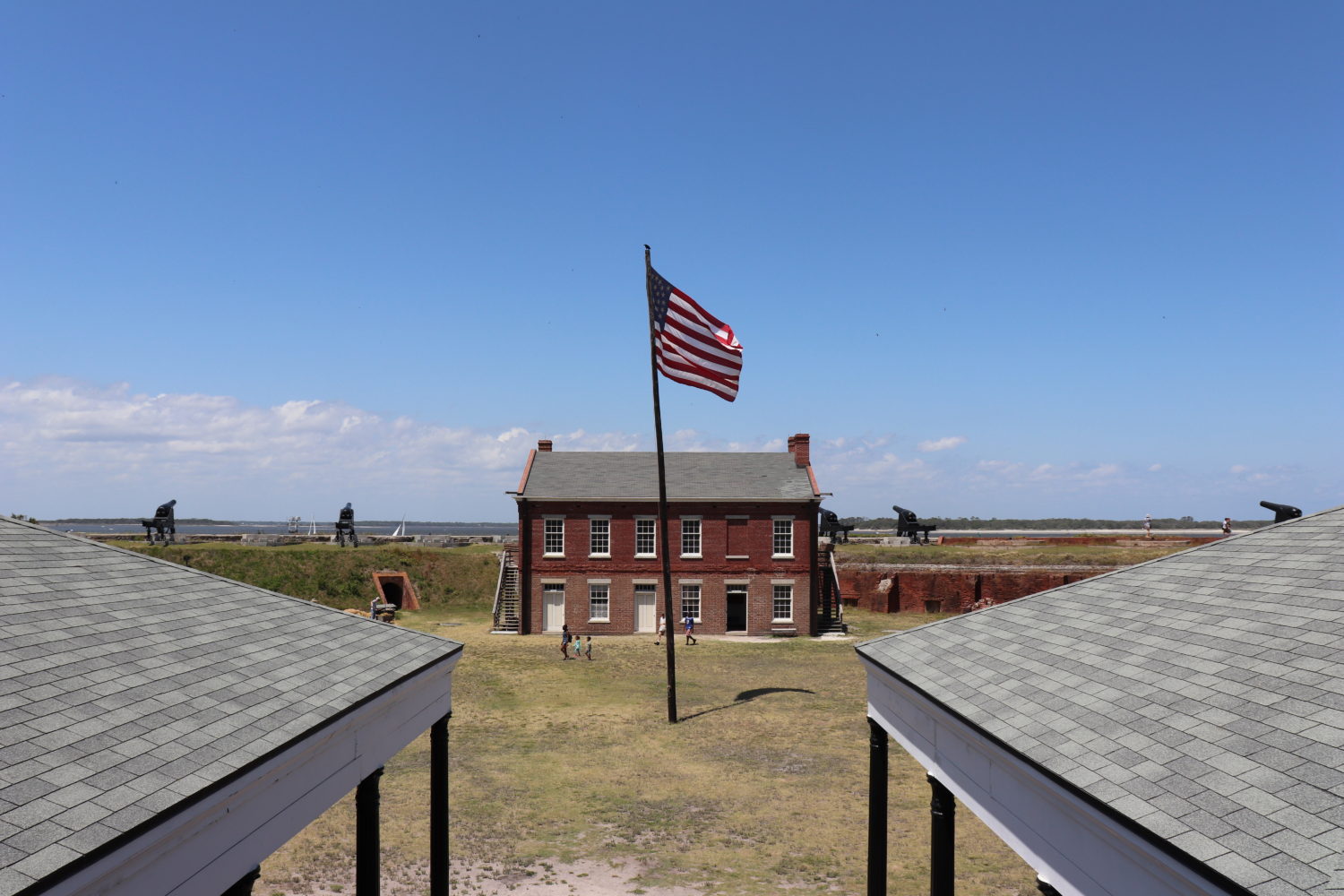
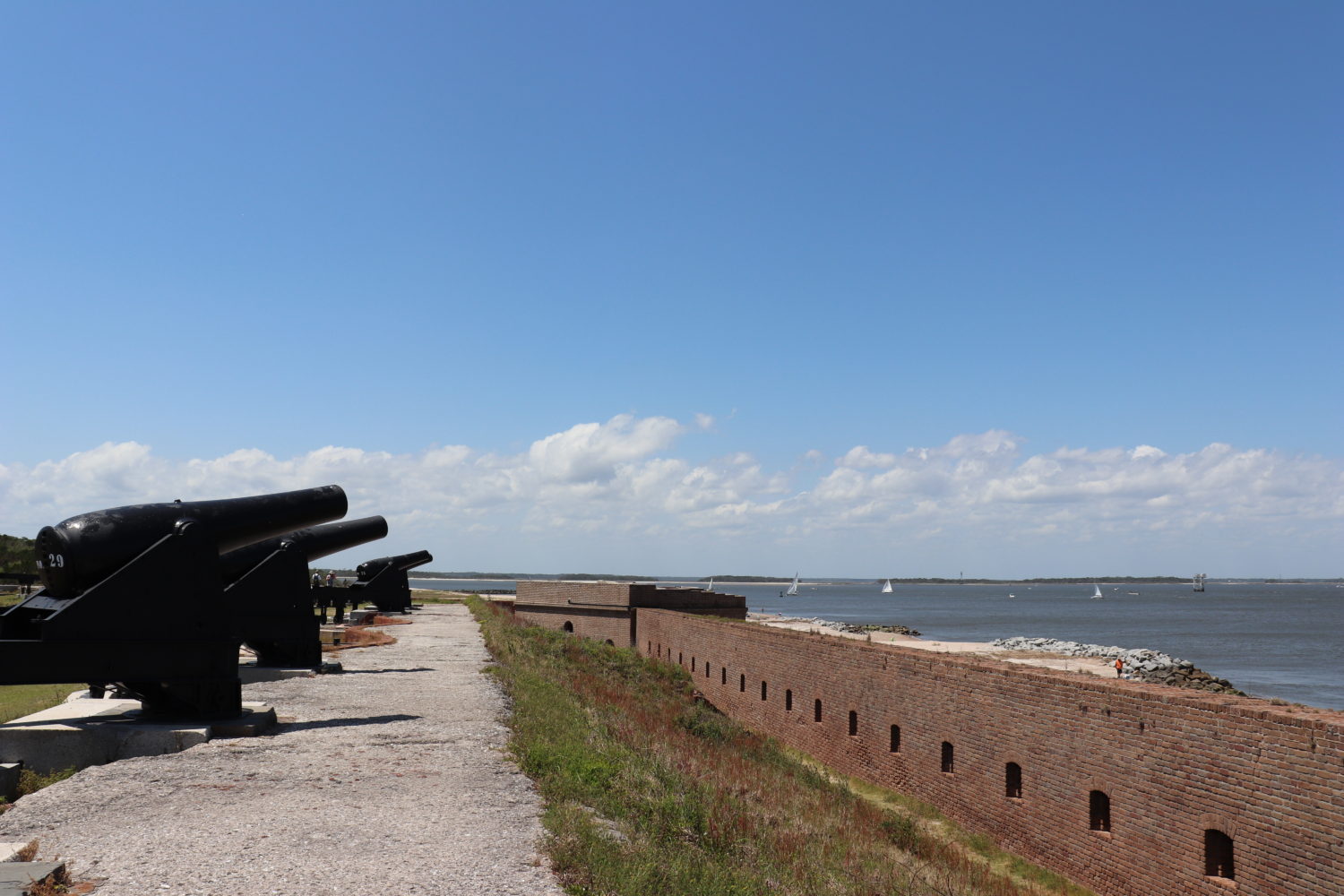
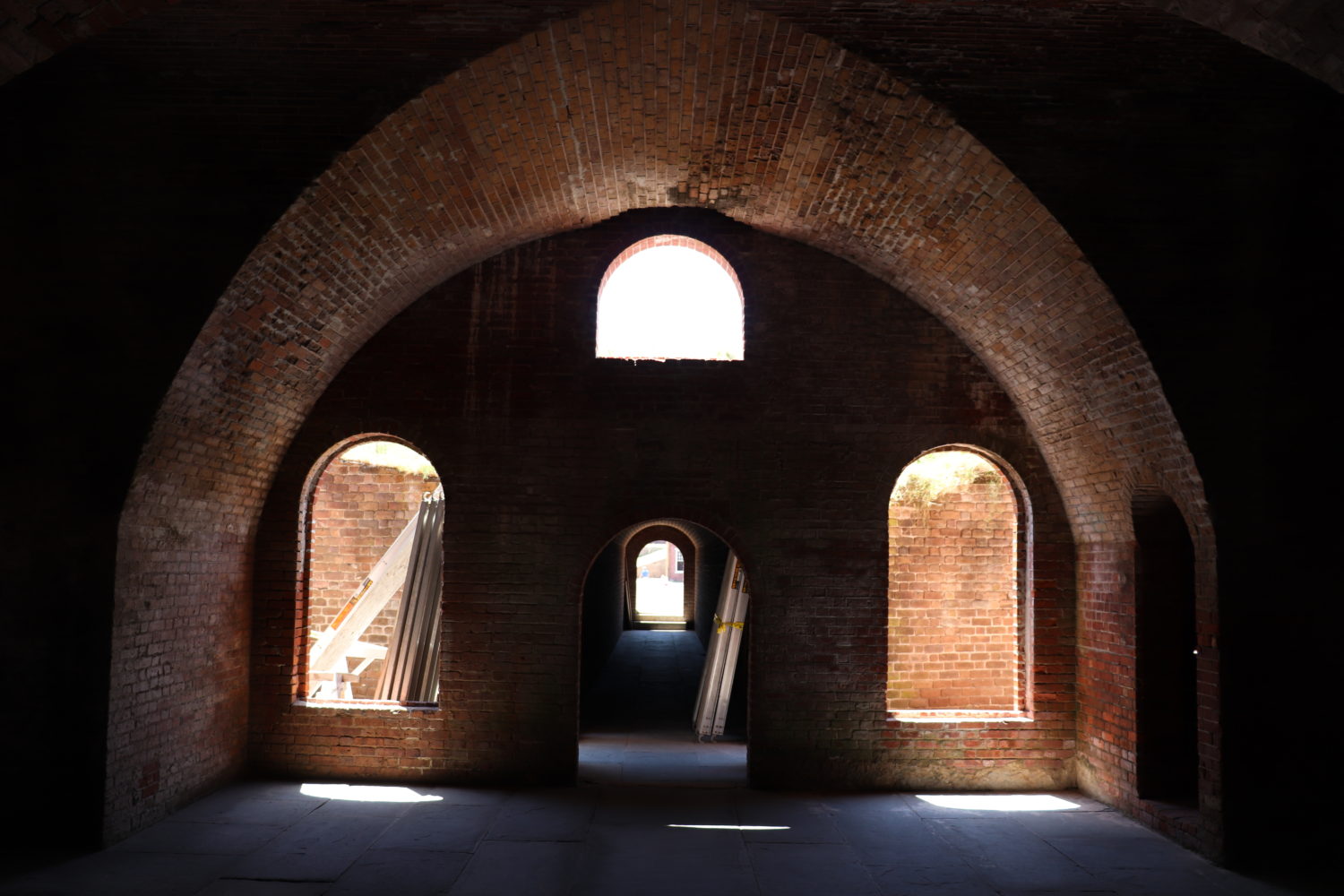
In addition to the fort, this park features beaches as well as a nature walk that passes through some swamps. I was charged $4 to enter the park, and an additional $2.50 to get into Fort Clinch itself.
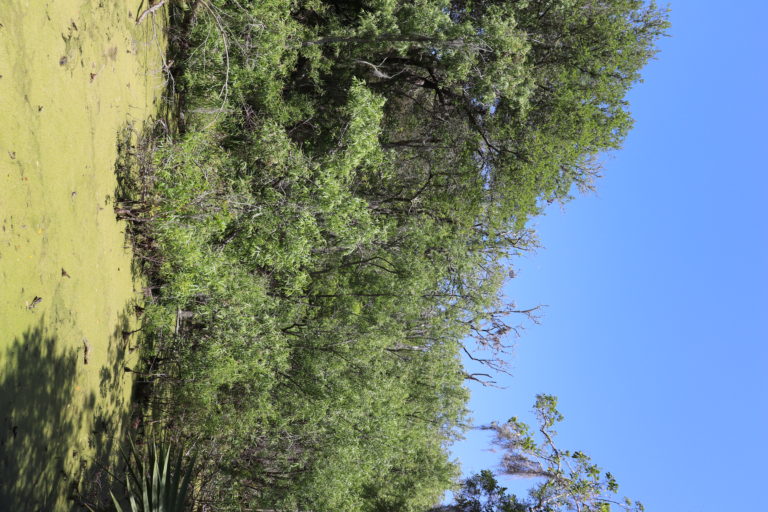
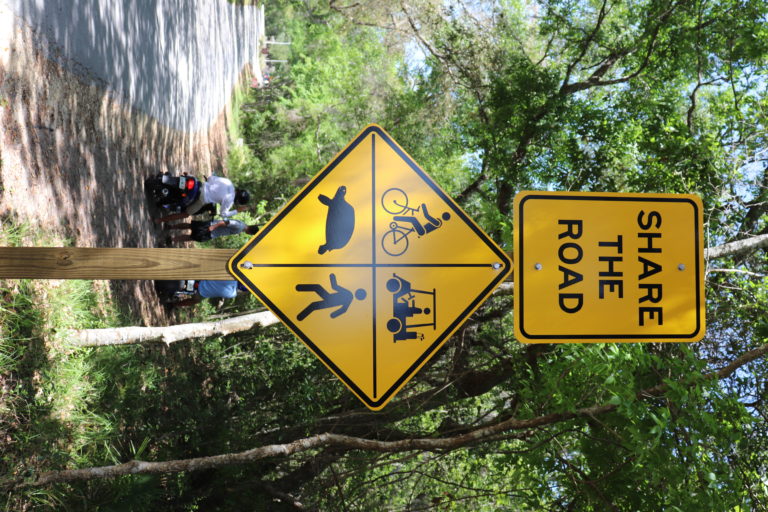
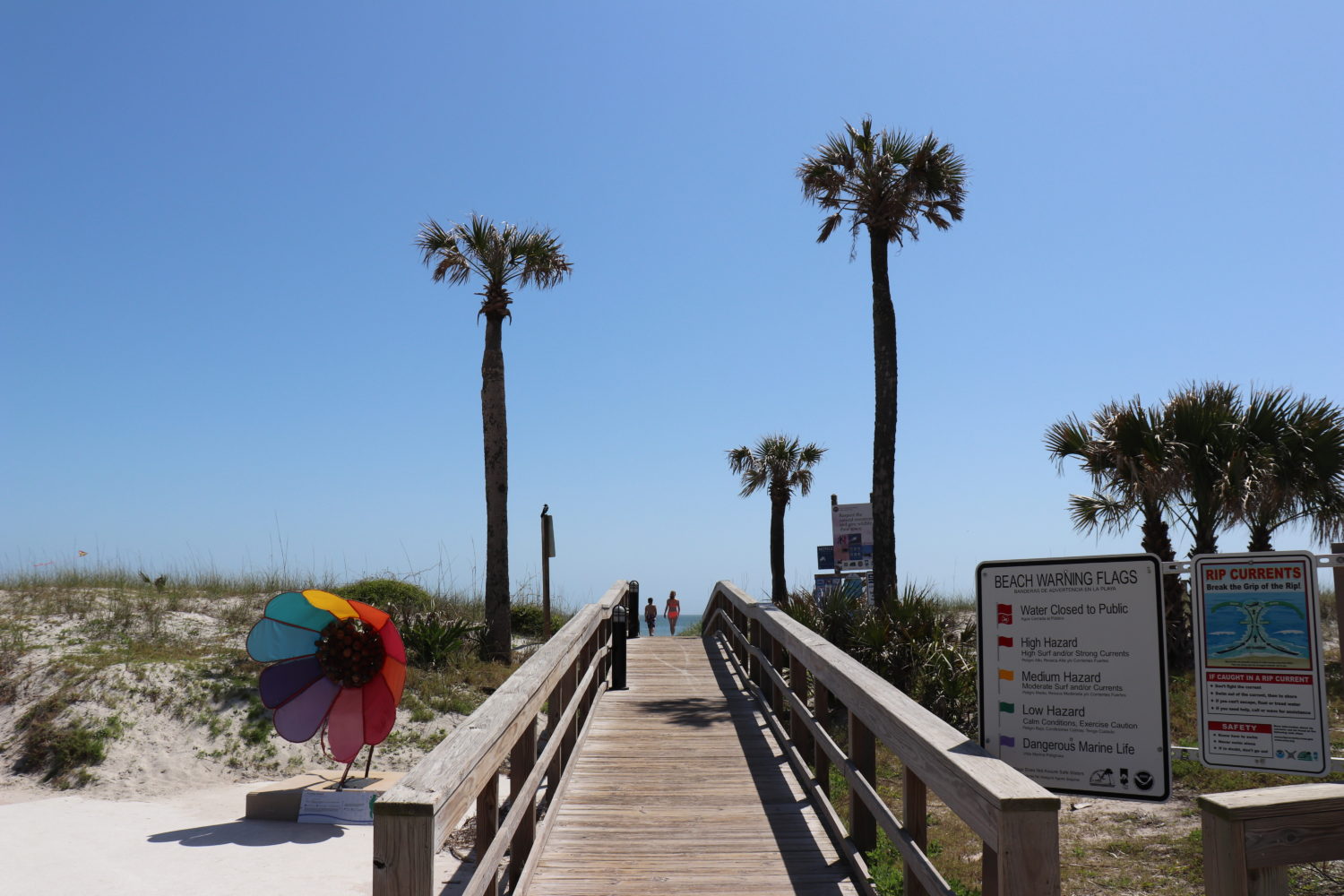
Hopefully I’ve inspired you to consider these two destinations for your next weekend trip, especially if you happen to live within driving distance! St. Augustine and Amelia Island both have such rich histories, beautiful beaches, and great places to eat. Even if you’ve been to a dozen other tourist destinations in Florida, these two places definitely deserve a visit. Until next time, fellow travelers!
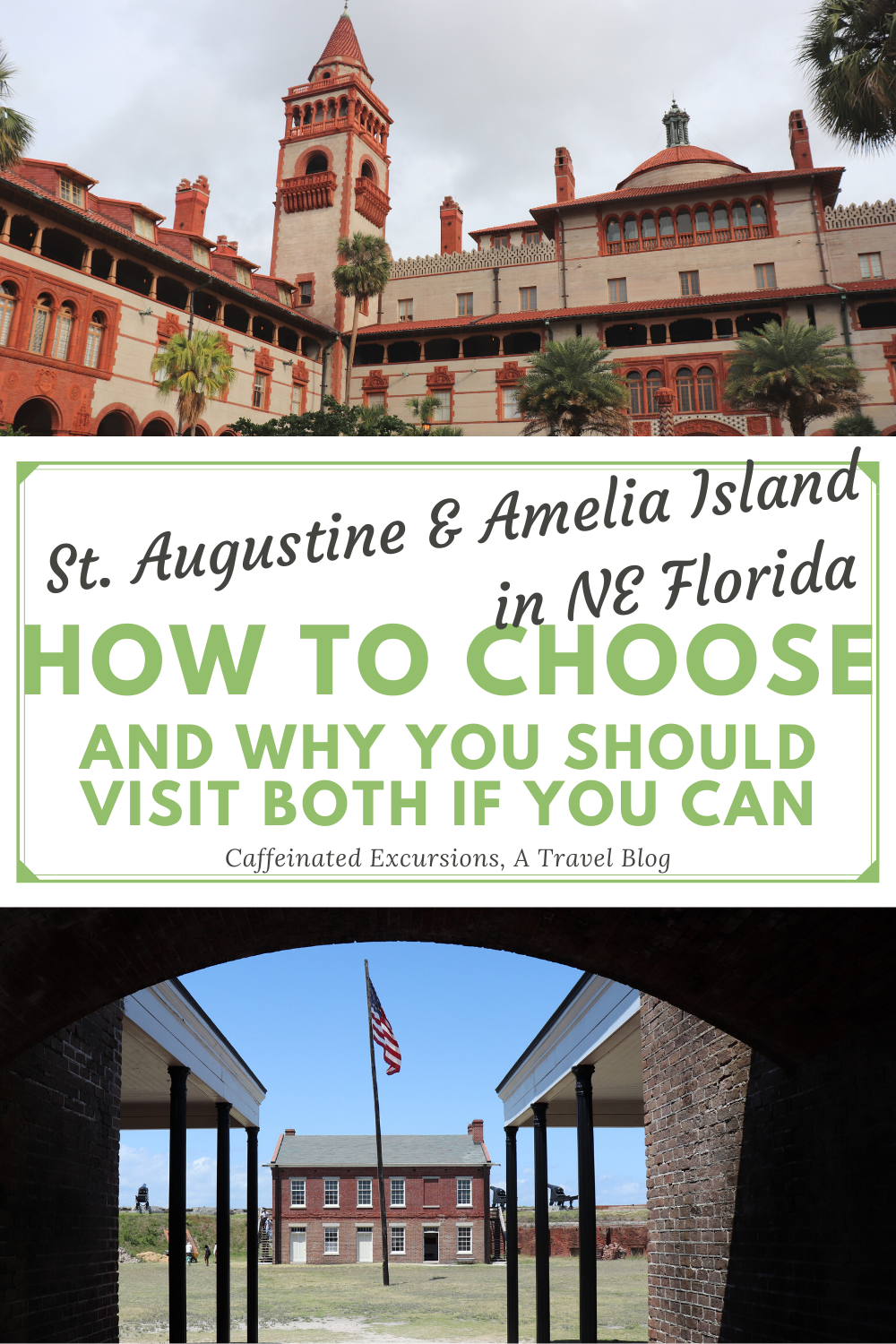
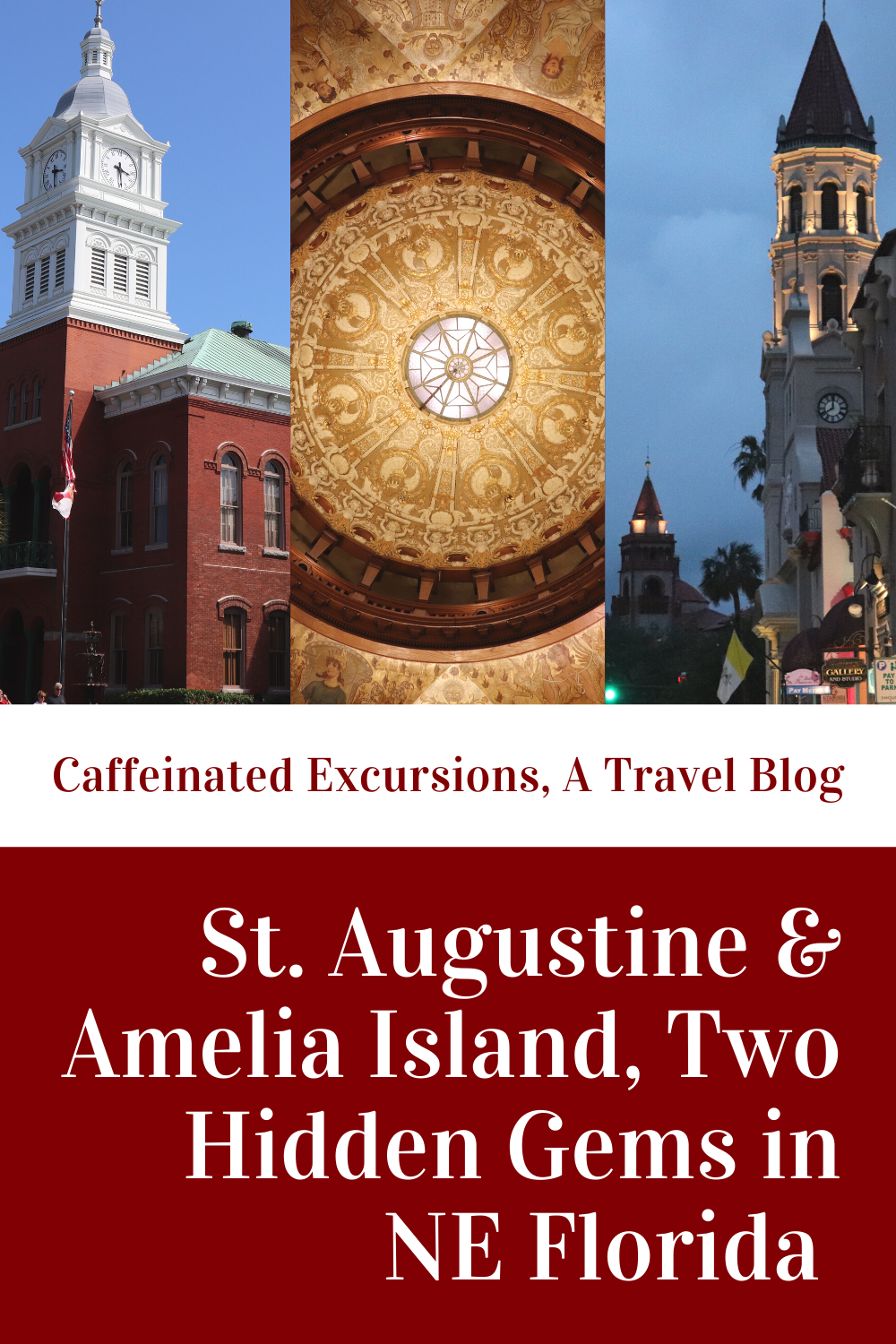
This post was published on Apr 23, 2018
Recent Posts
- Amtrak Borealis Review: Round Trip From Chicago To Minneapolis St. Paul
- Why You Shouldn’t Miss Devonport On Your Next Trip To Auckland
- 2024 End-Of-Year Summary & Sneak Peek 2025
- Get To Know The Washington, D.C. Metro Area: Neighborhoods And Food Scenes
- The Best Places To Eat, Drink, And Caffeinate In Portland, Maine
Meet Your Caffeinated Blogger: Kevin!

Hi, I’m Kevin! I’m a coffee addict from Seattle, and my life revolves around traveling! Caffeinated Excursions is a record of my trips over the past seven years. Since I started blogging, I’ve lived in Mexico, Vietnam, and Brazil. Chicago is my home base (although I’m planning on moving abroad again later this year). Thanks for checking out my blog!
Where I Am Now 📍
Categories
Upcoming Trips
- Montreal, Canada (July)
- Taipei, Taiwan (Nov)
- Brisbane, Australia (Nov)
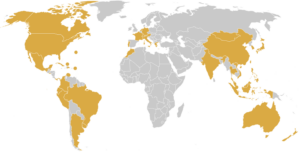
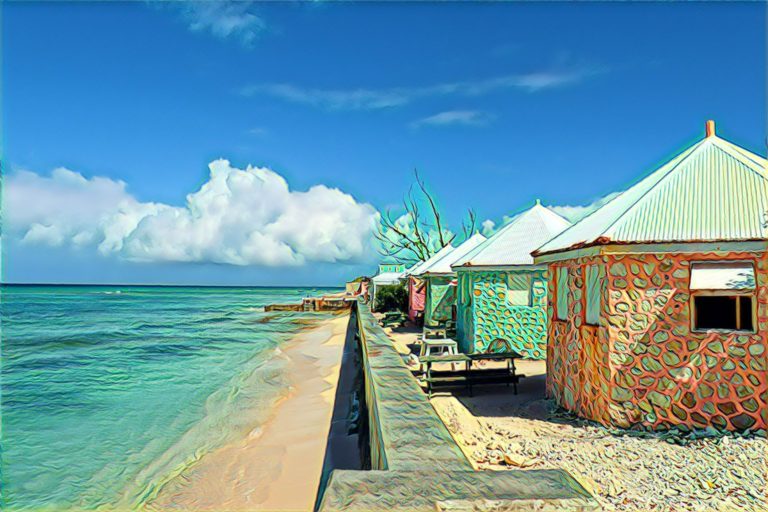


Kind of a shame that all of the original architecture of St. Augustine is completely gone. I guess it sort of makes sense…it is hard to preserve something from 450+ years ago especially in Hurricane Alley! But with that said, I do love some of the remaining older stuff there. The Castillo de San Marcos reminds me of so many walled cities and forts that the Spanish built in the Americas. I immediately thought of the walled city of Cartagena based on your pics.
As for the rest of the city, looks like a fun place to walk around on a nice weekend. Kind of cool that you shared the Flagler College Tour! We took the Oxford tour in England to learn the literary history of the area so it doesnt shock me that a college tour would offer great stuff. I really love the interior of Ponce de Leon Hotel.
I stopped into St. Augustine on a road trip this year and wish I could have stayed longer. I had no idea it had so much history and was so cool. Great tip on the college tour!